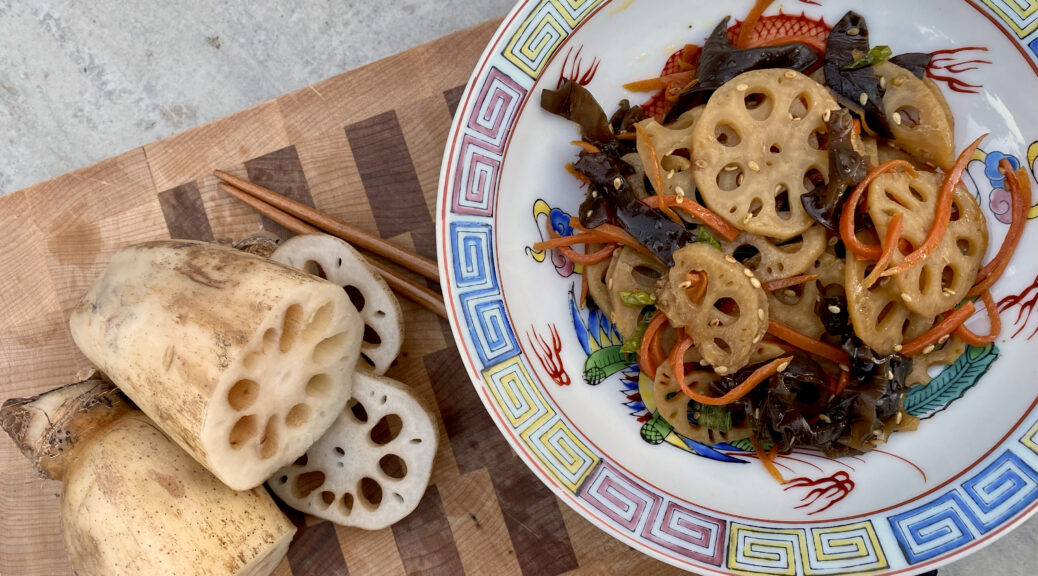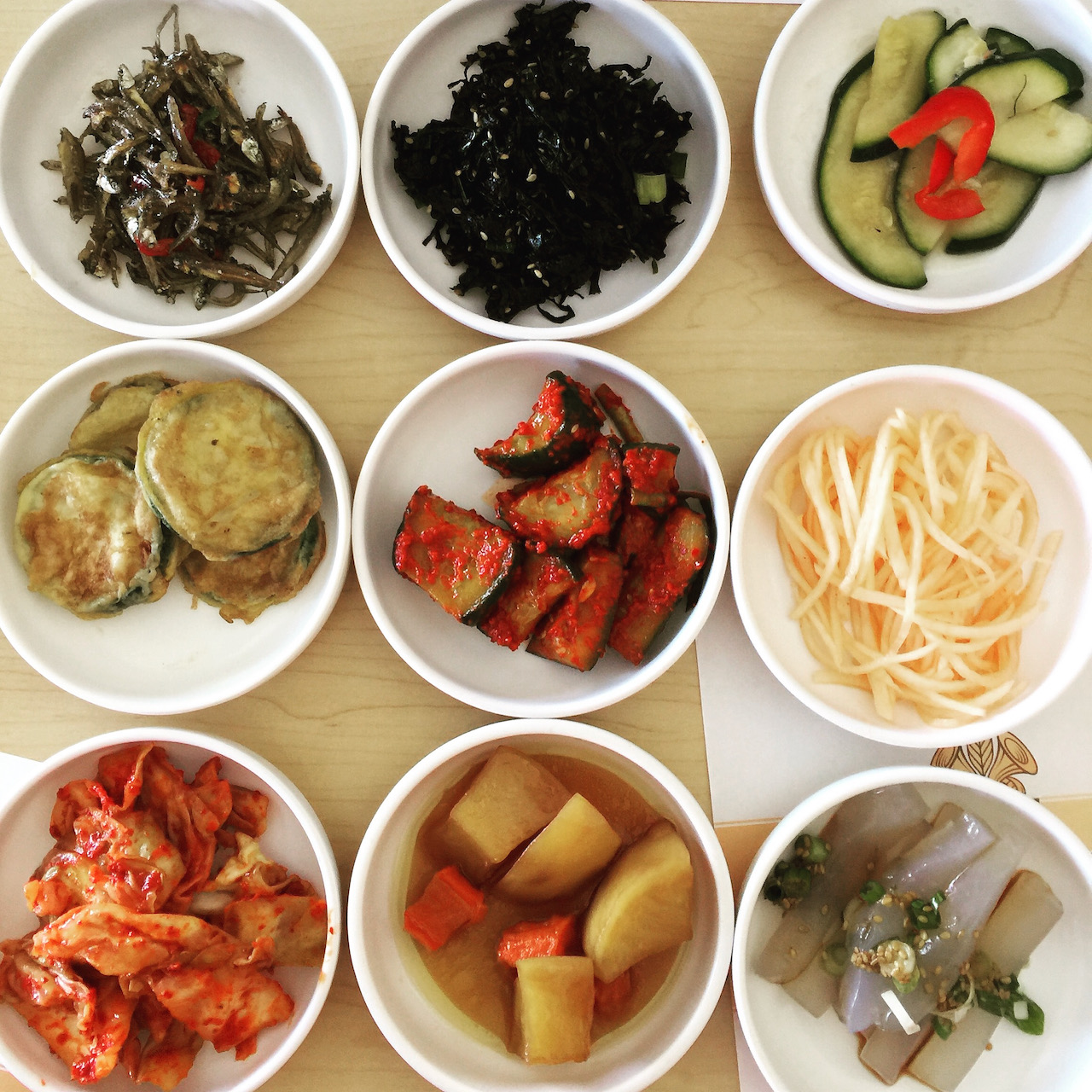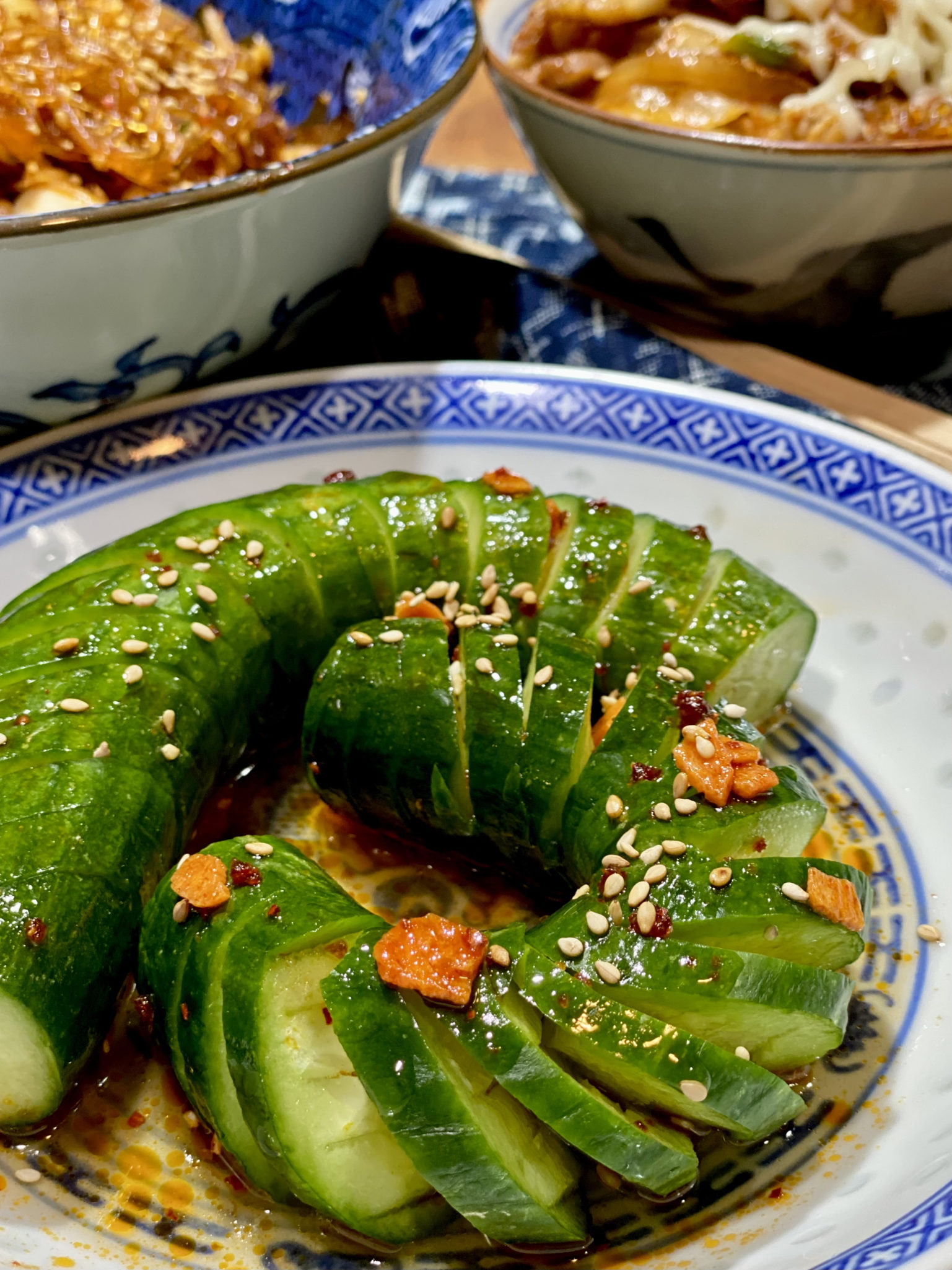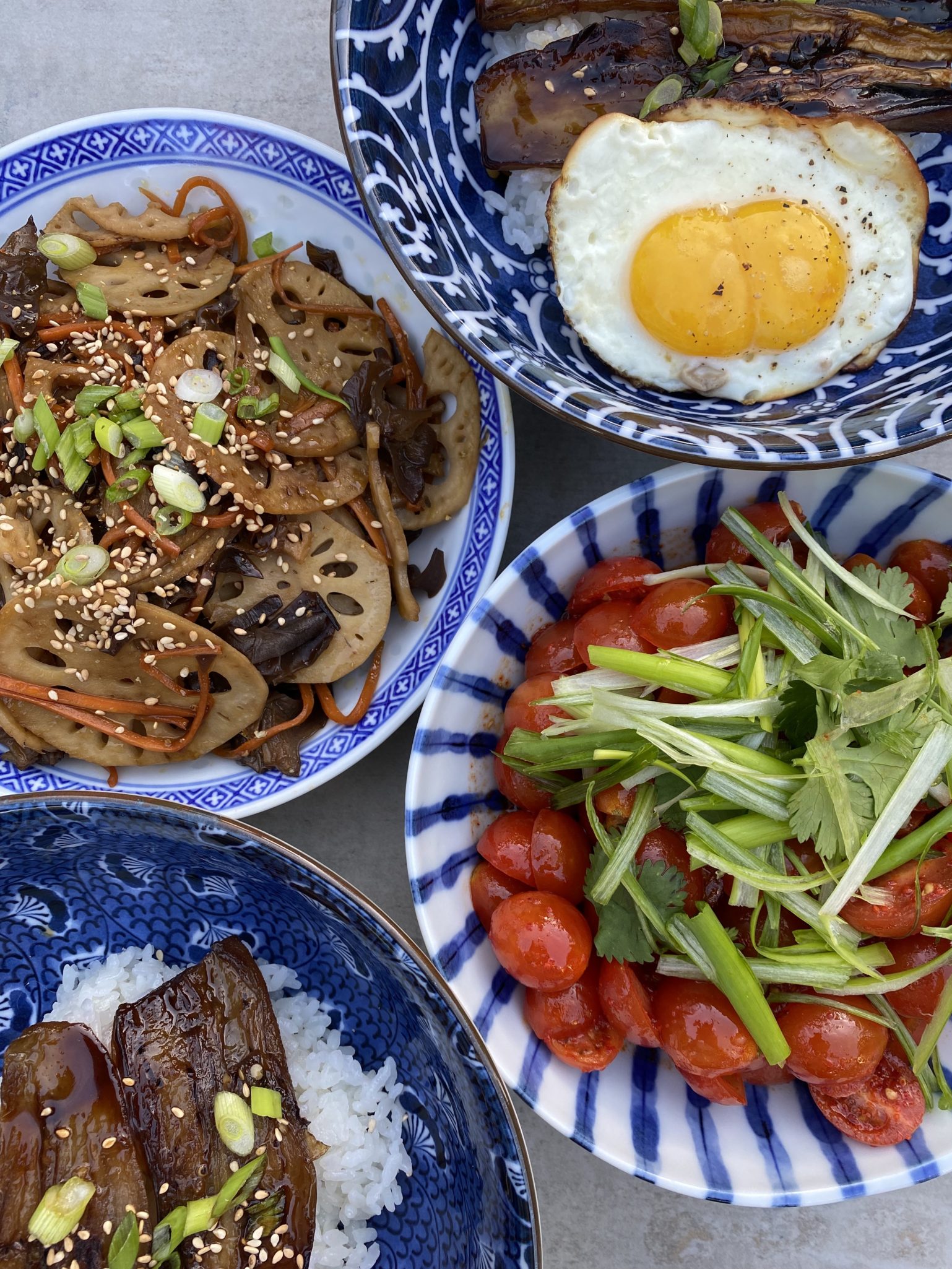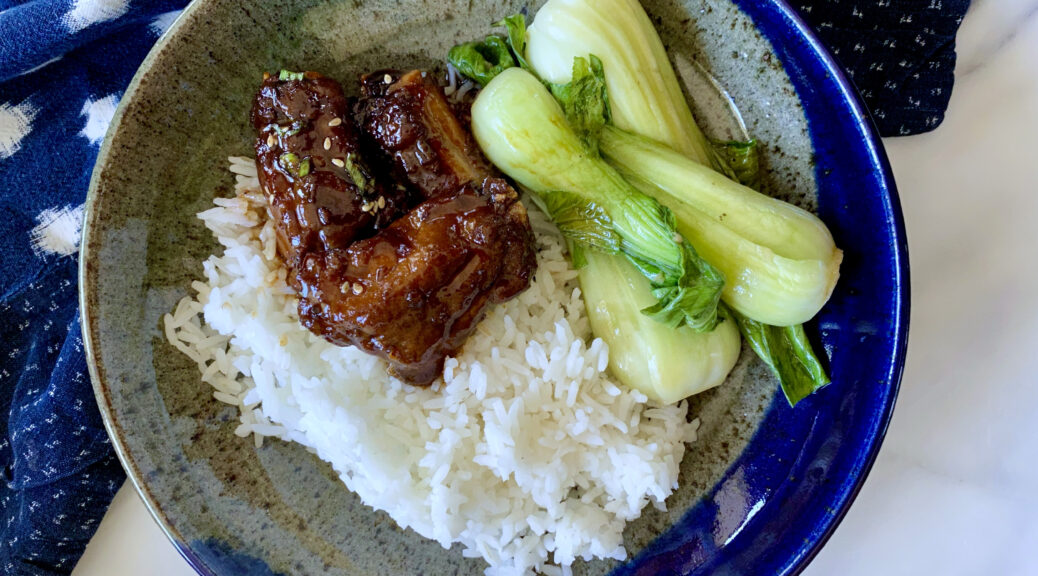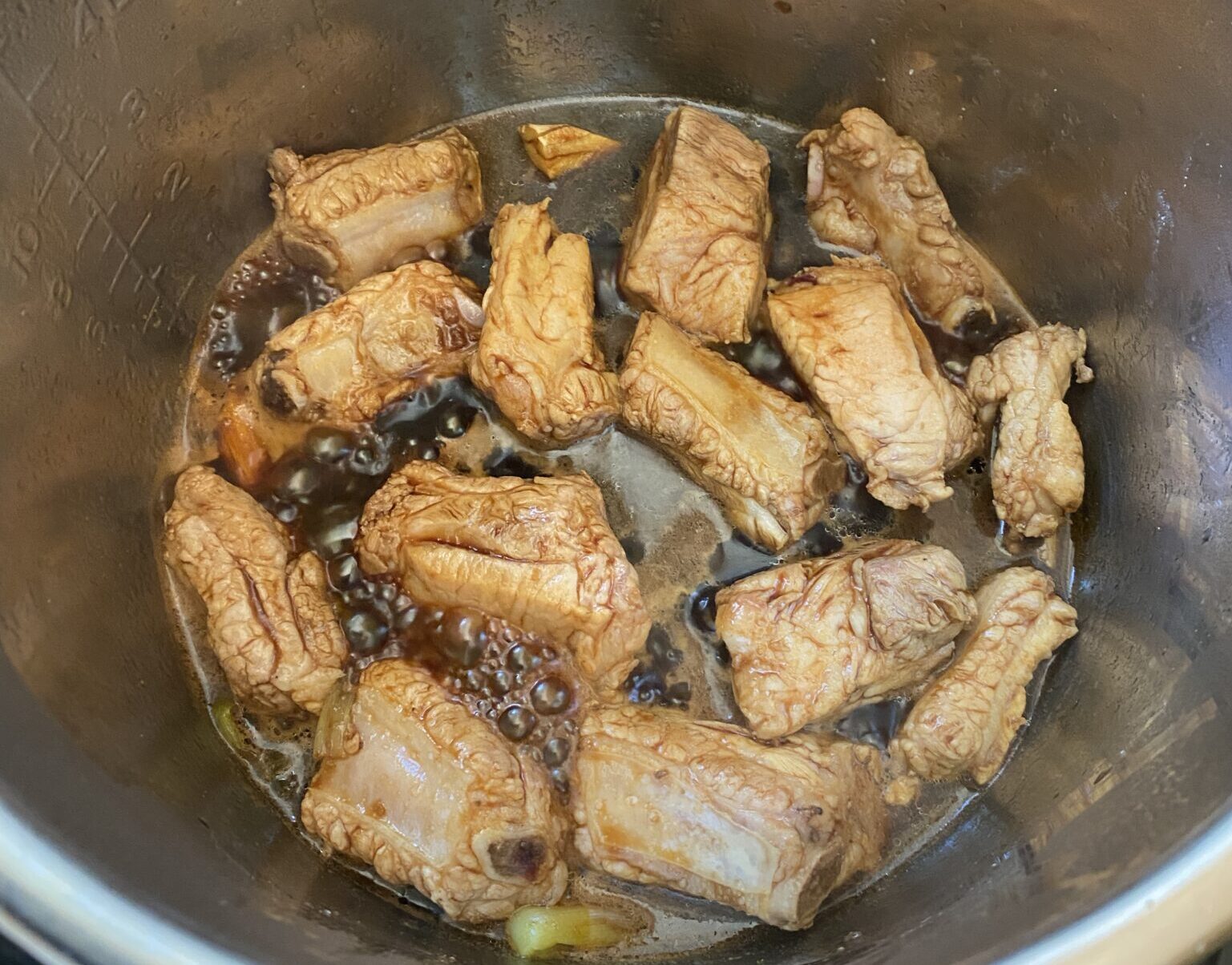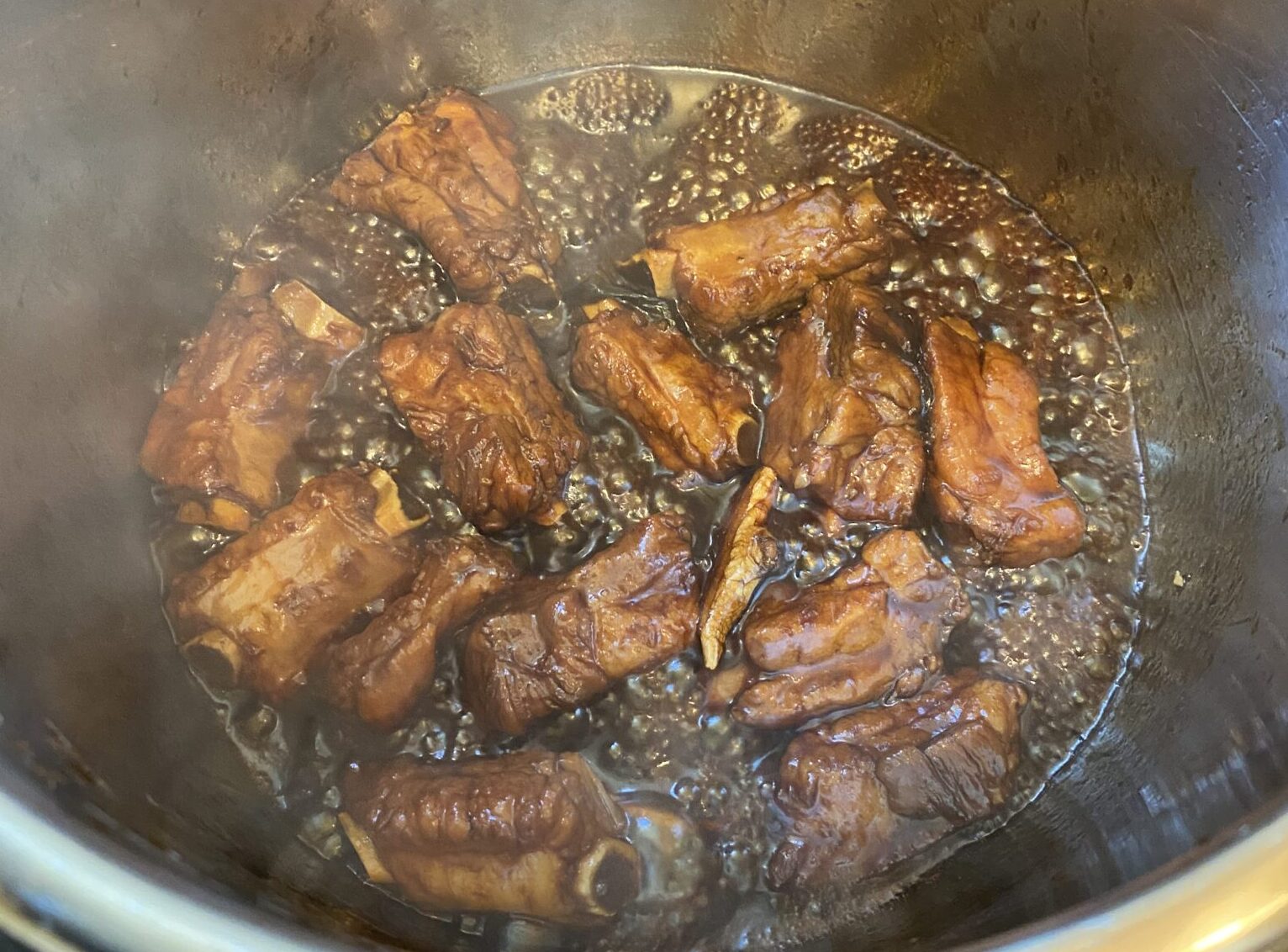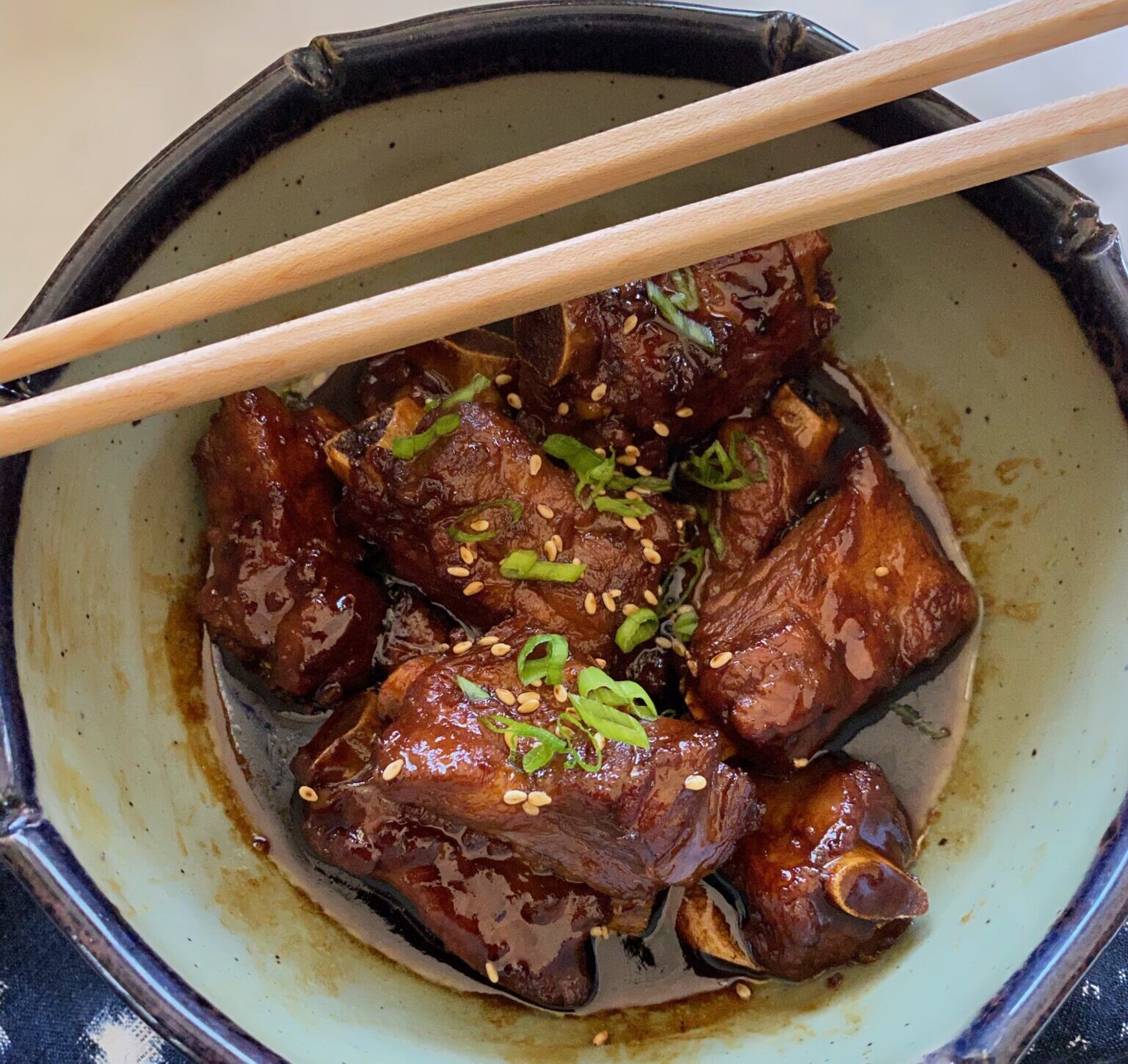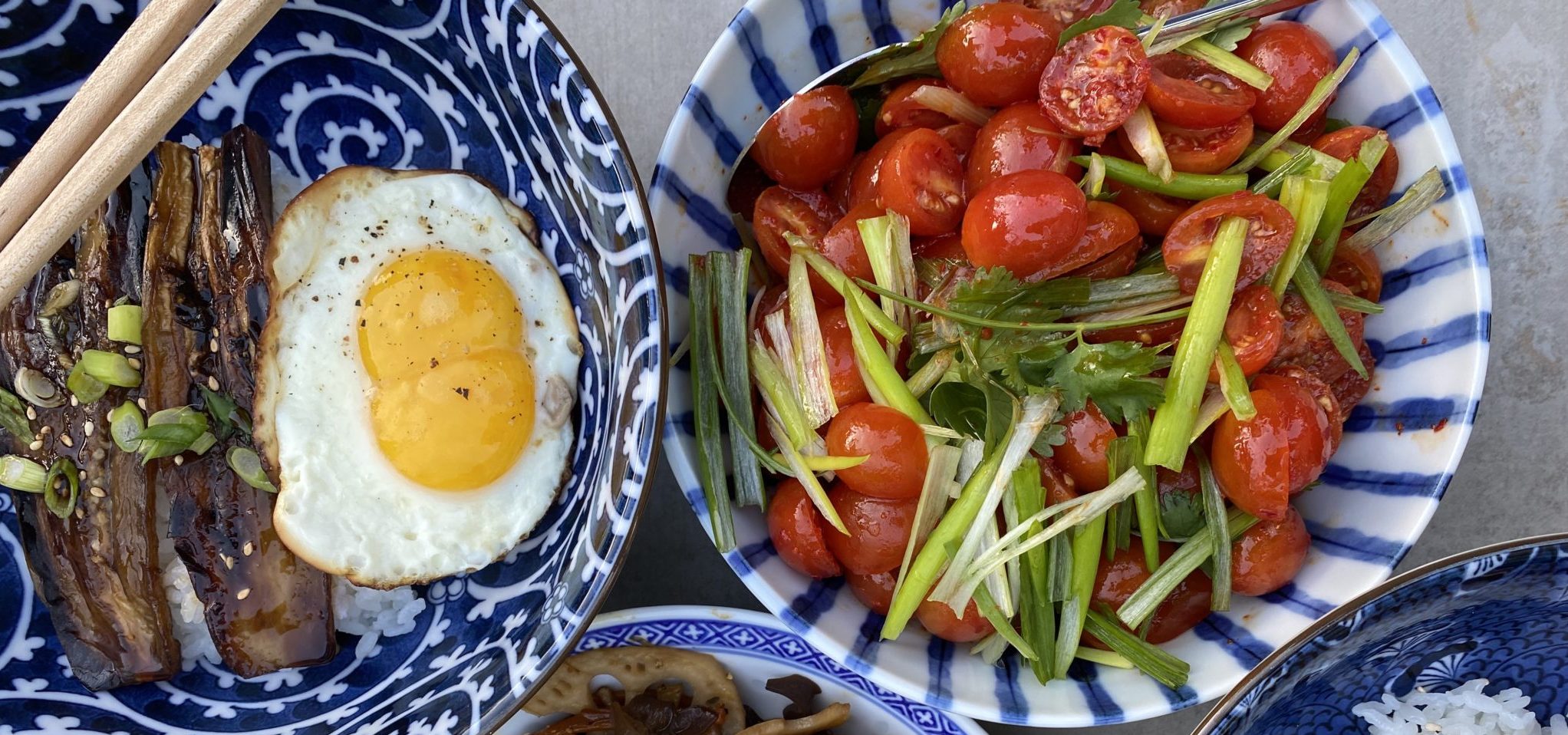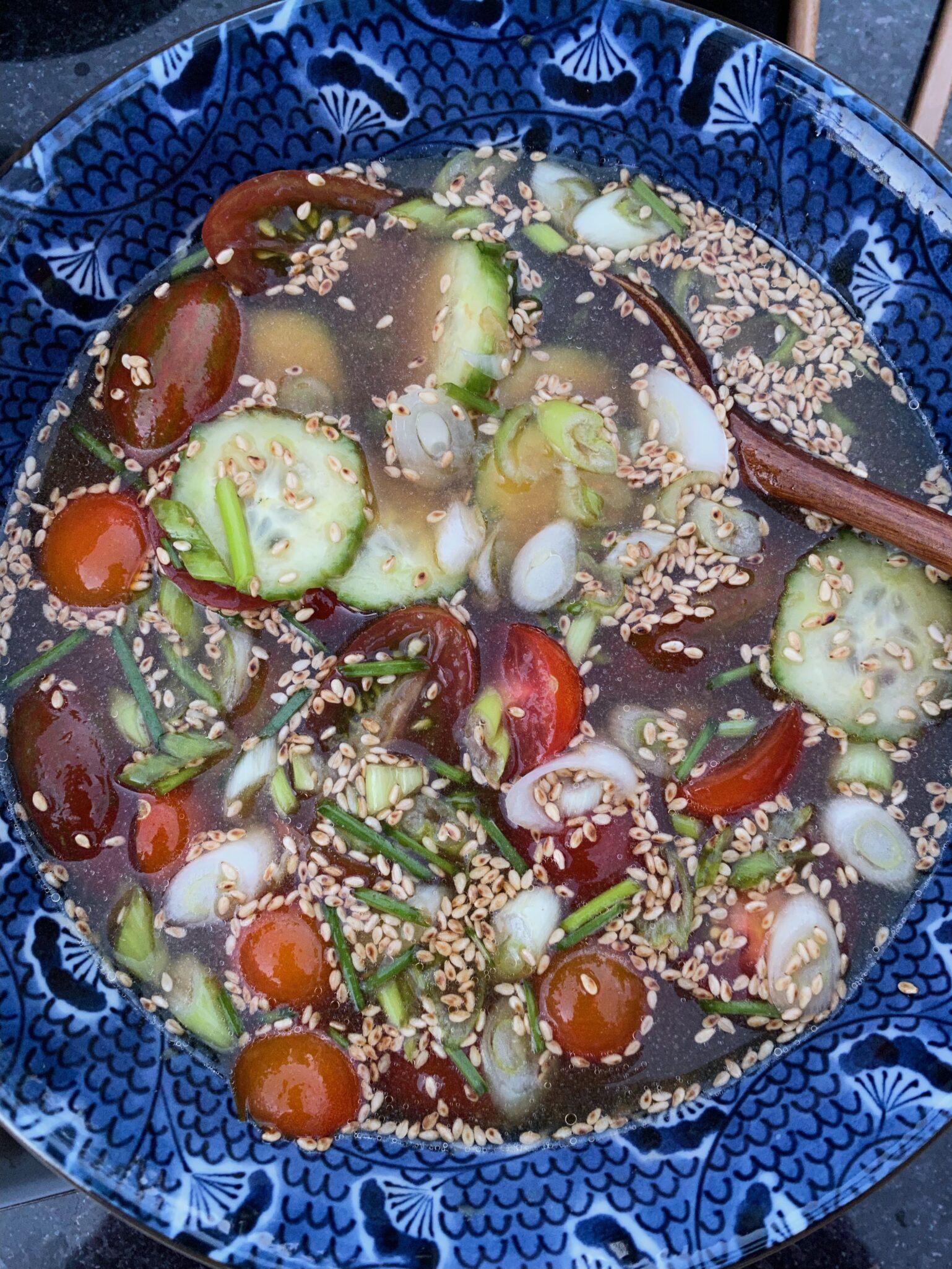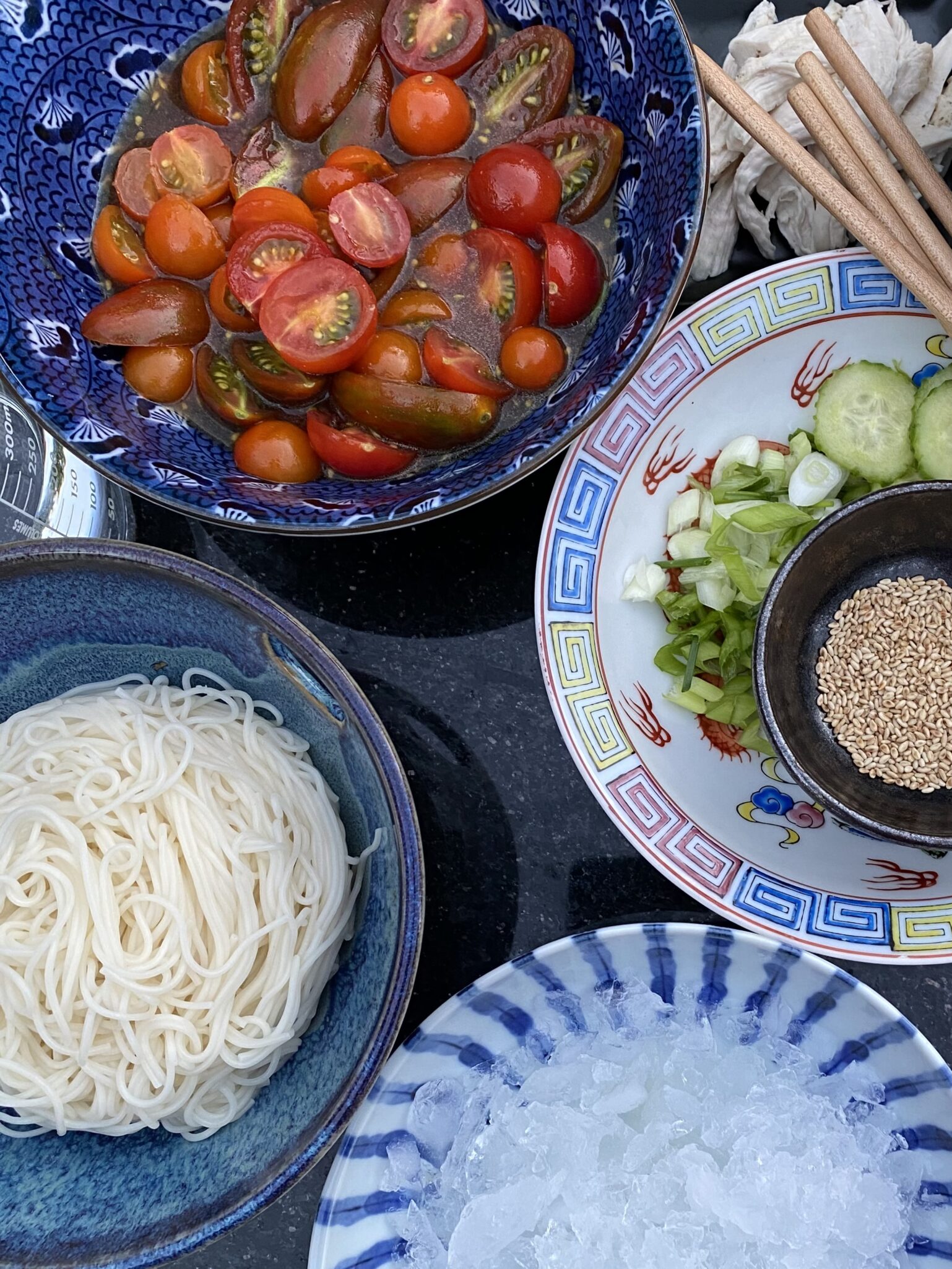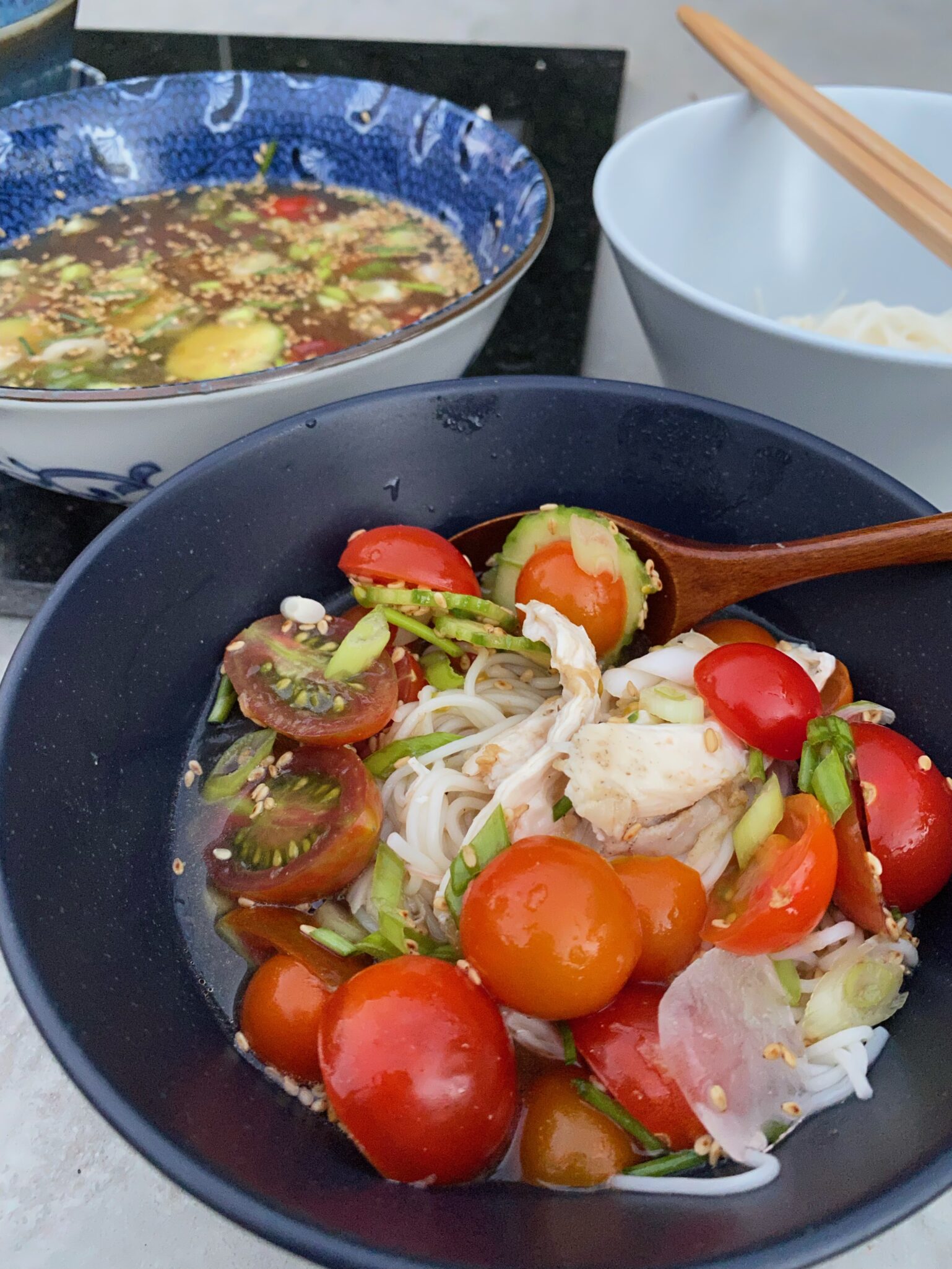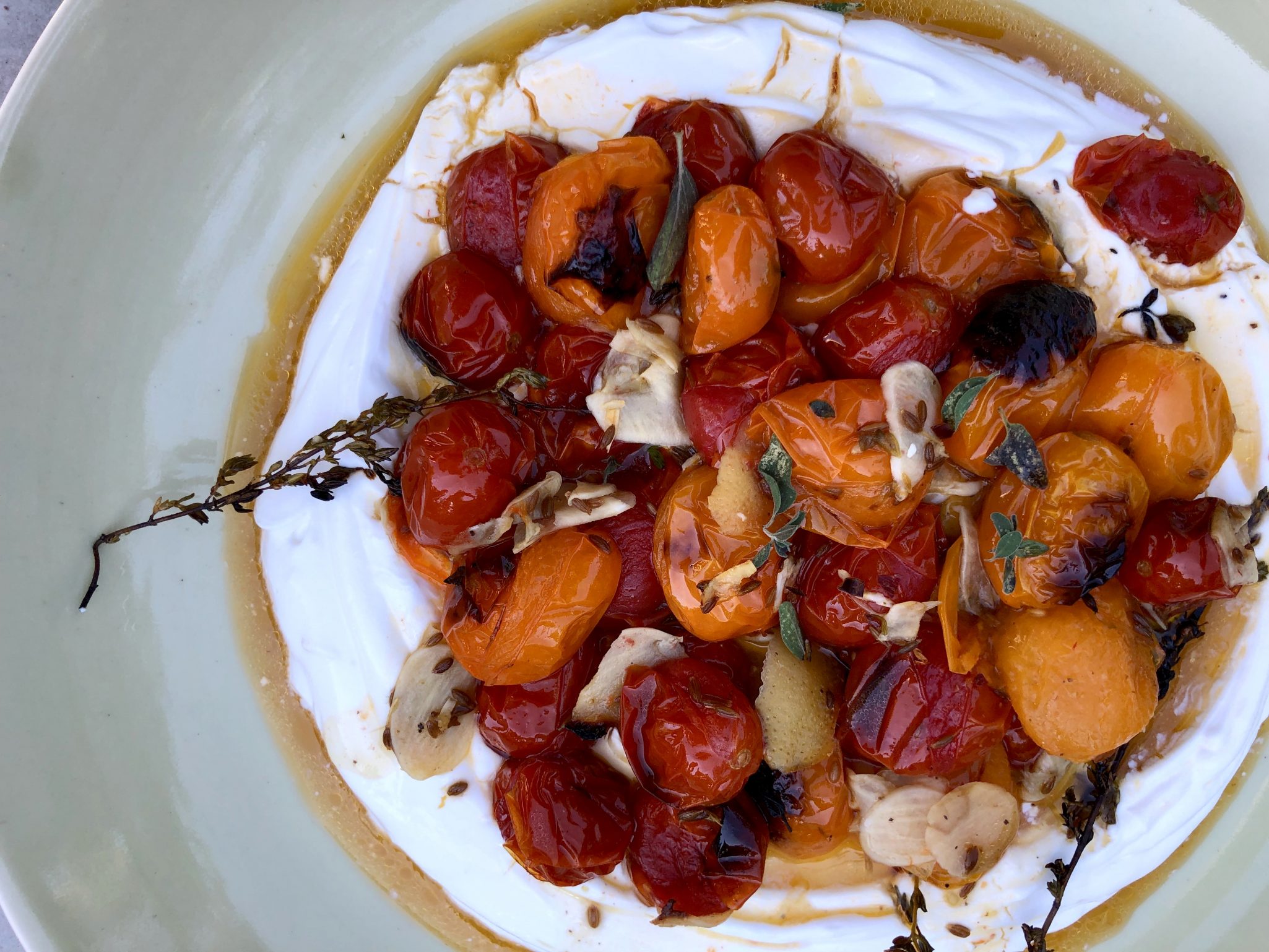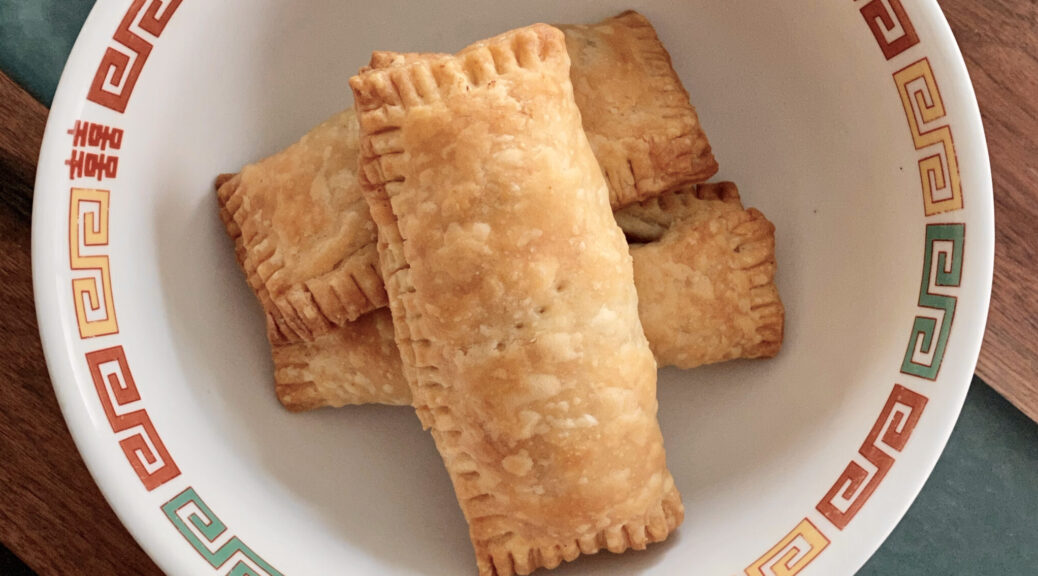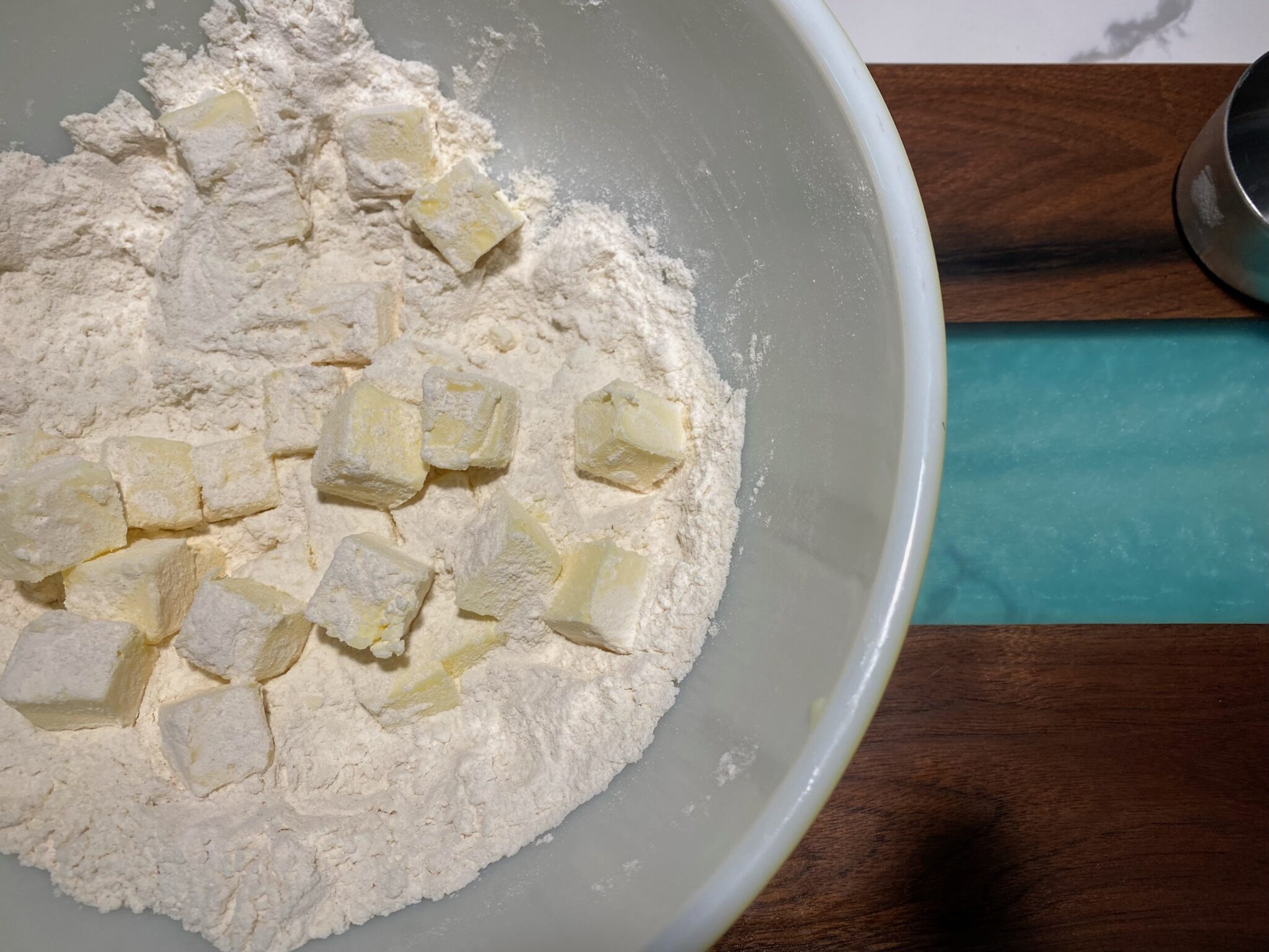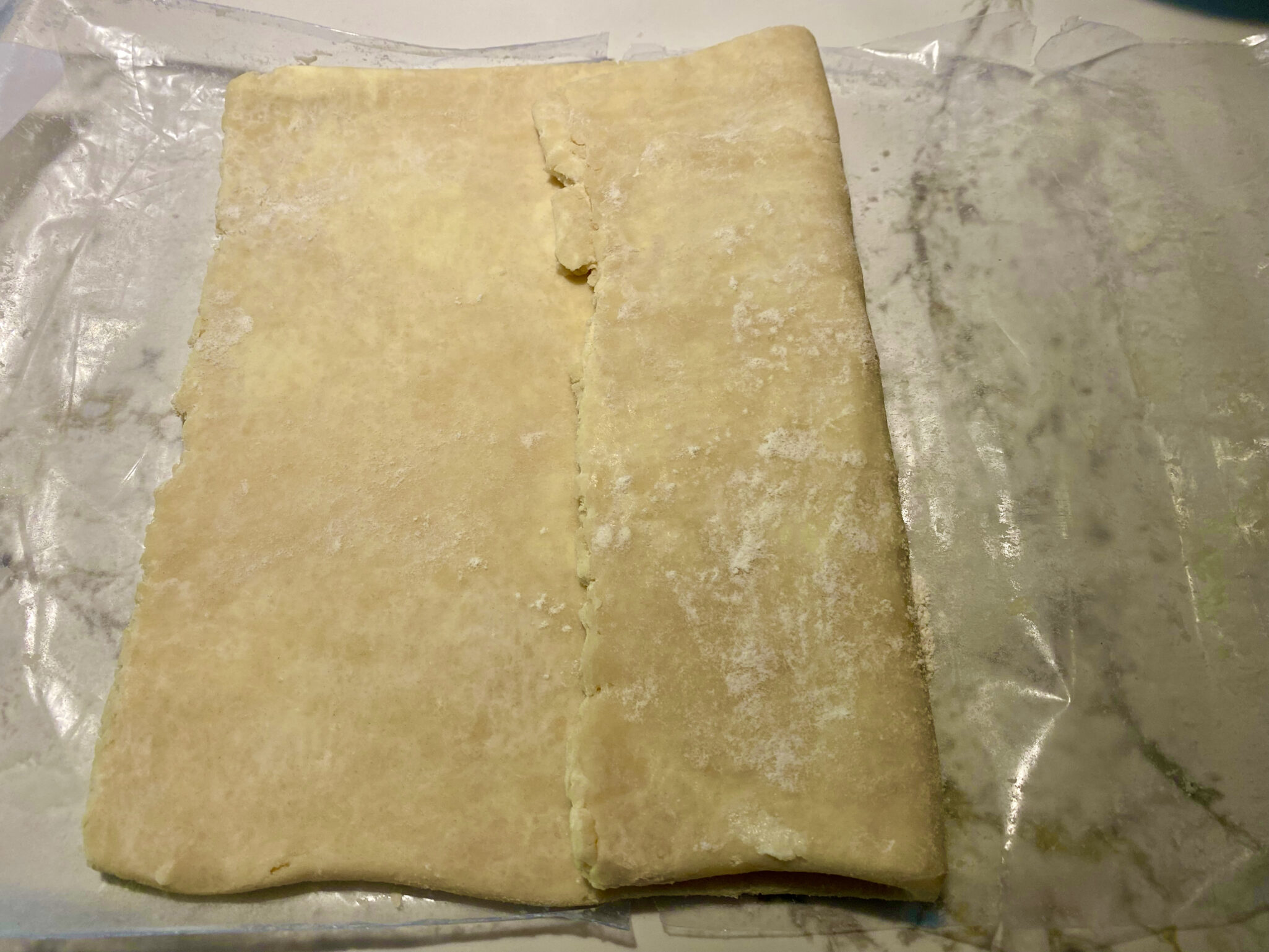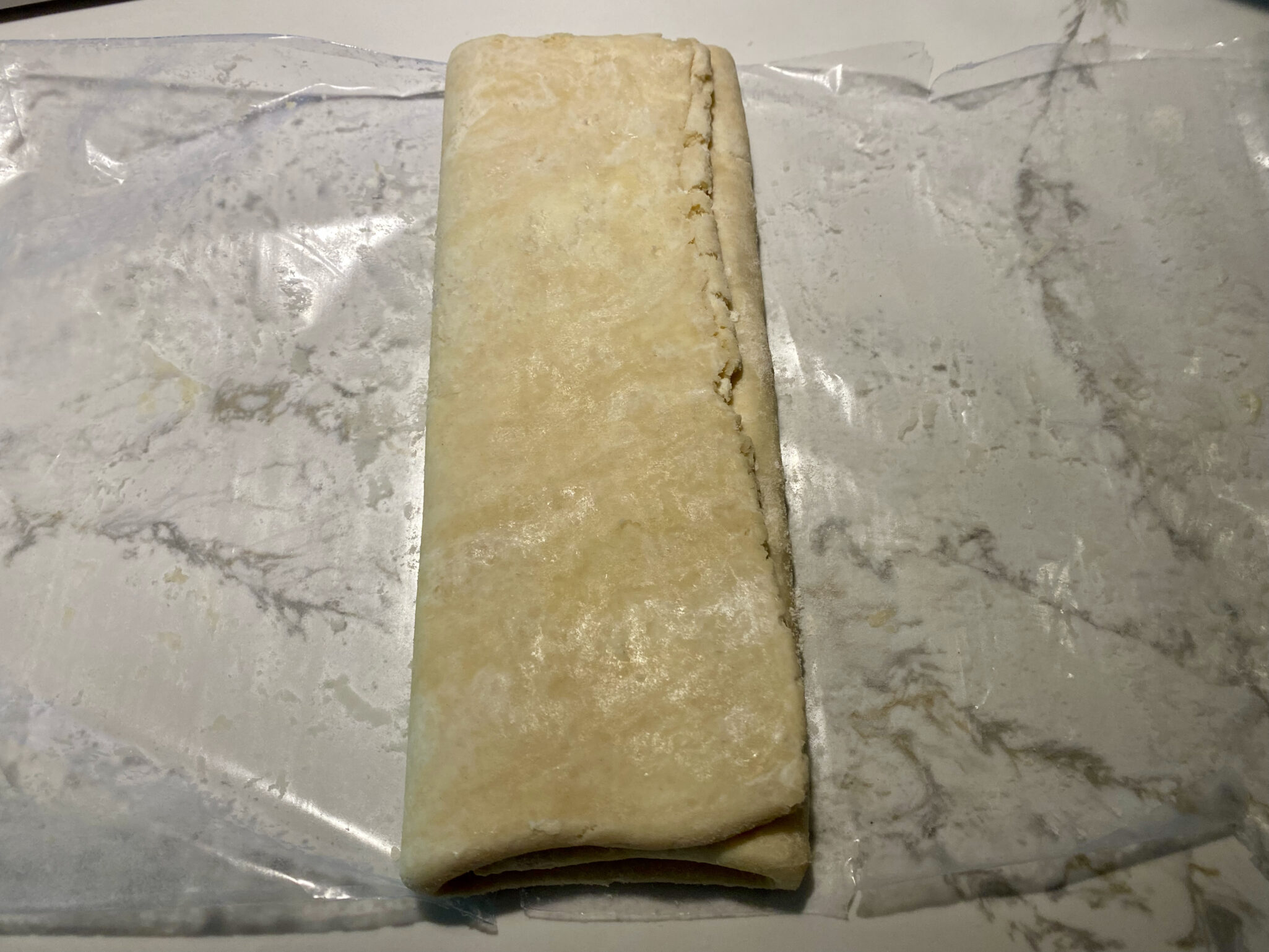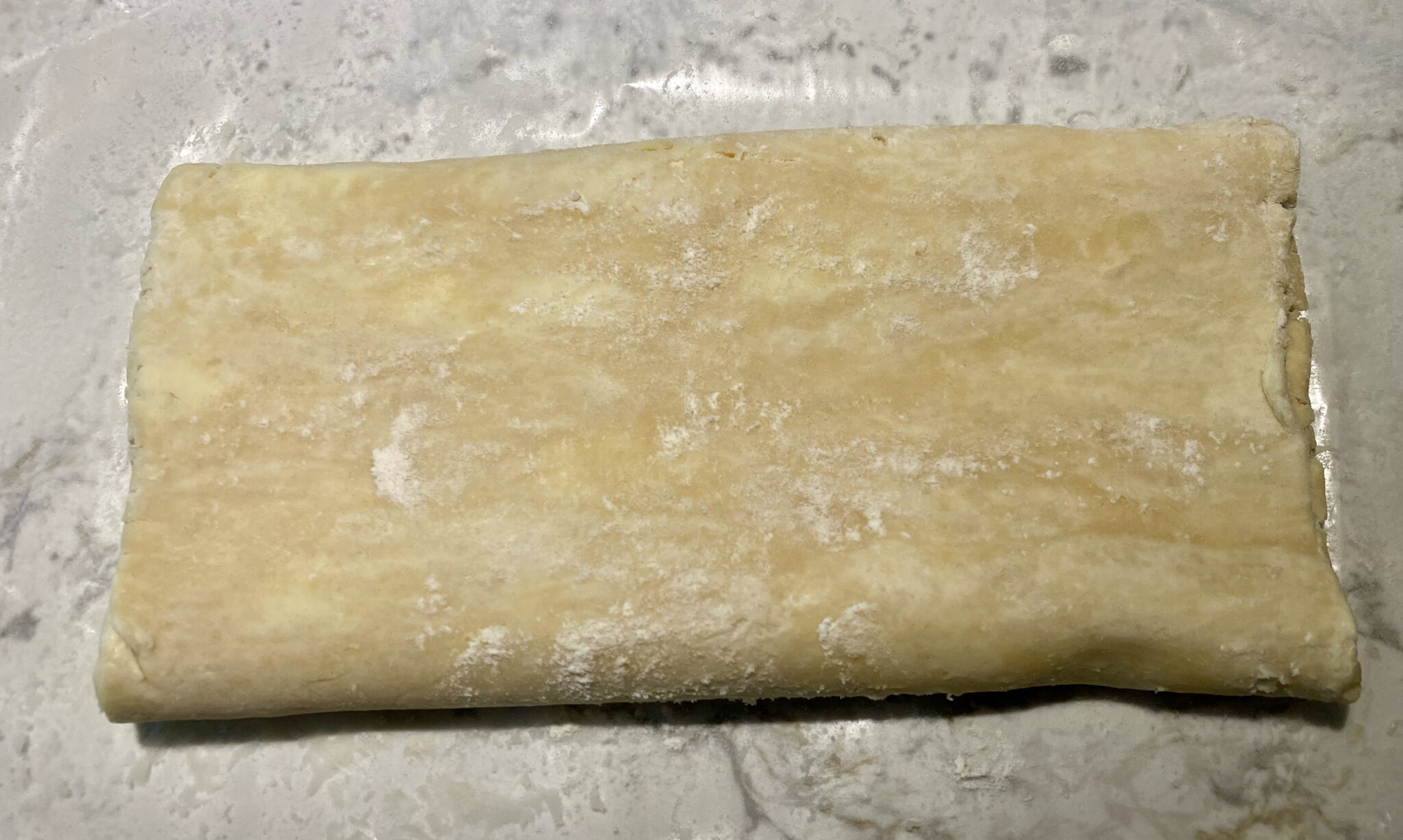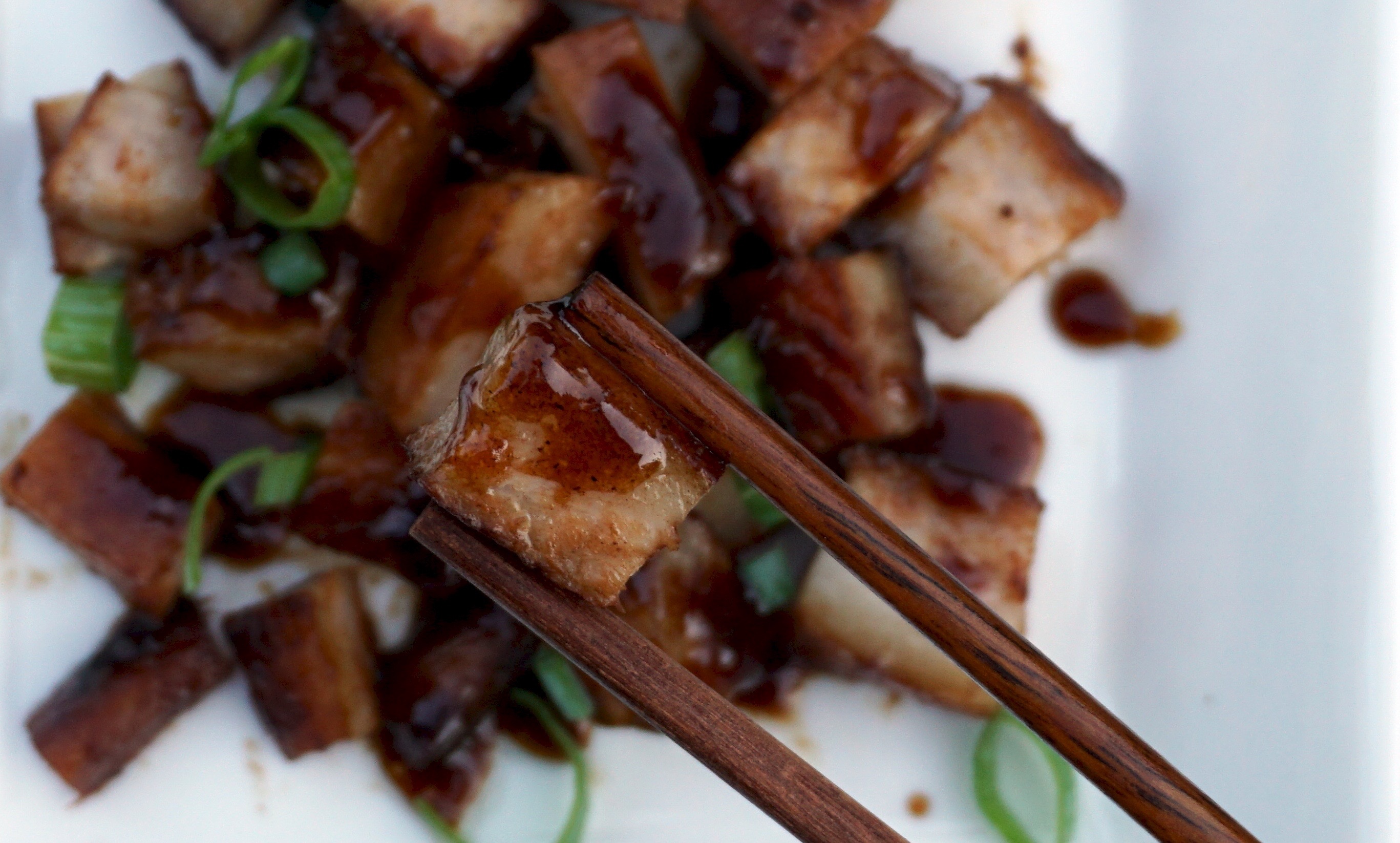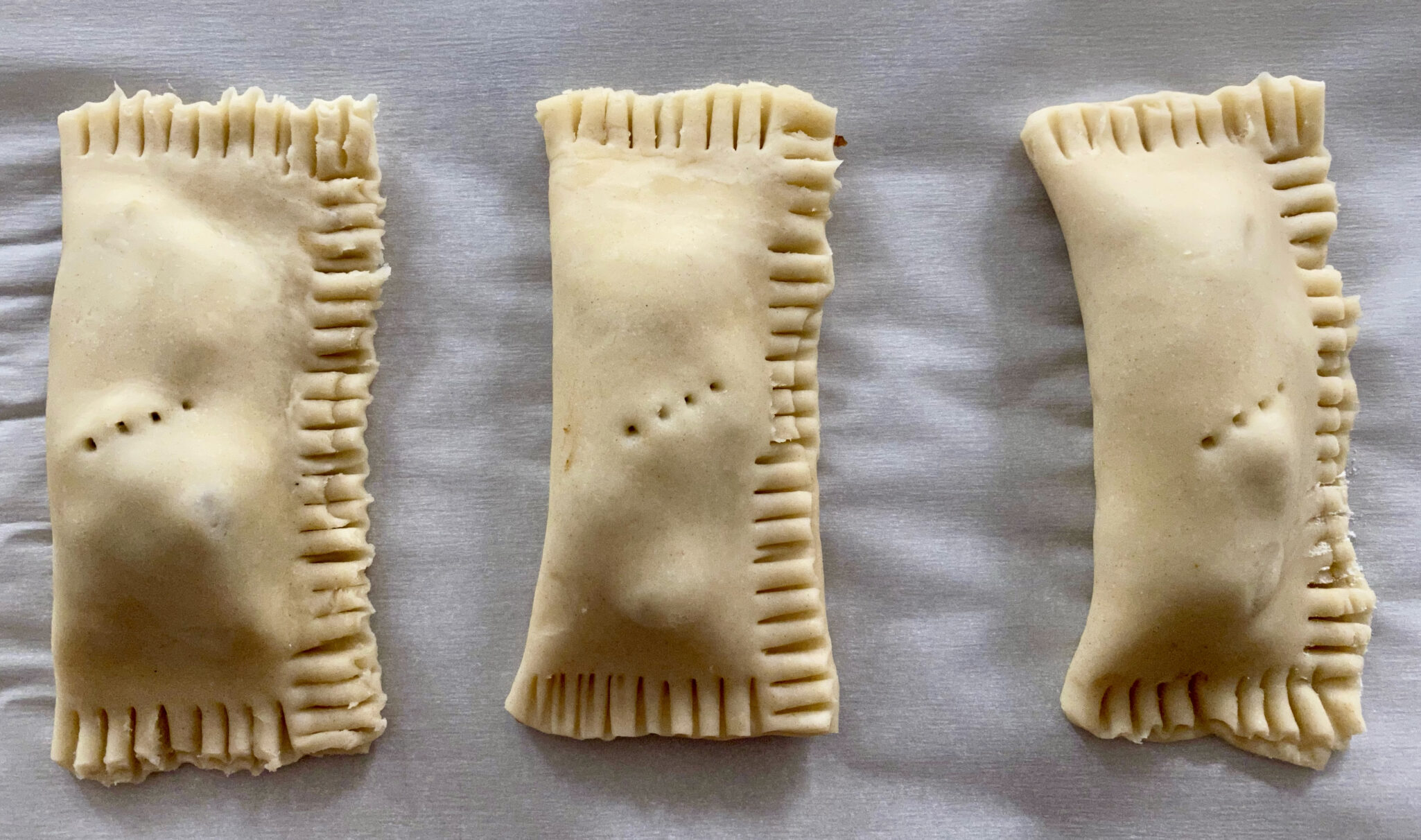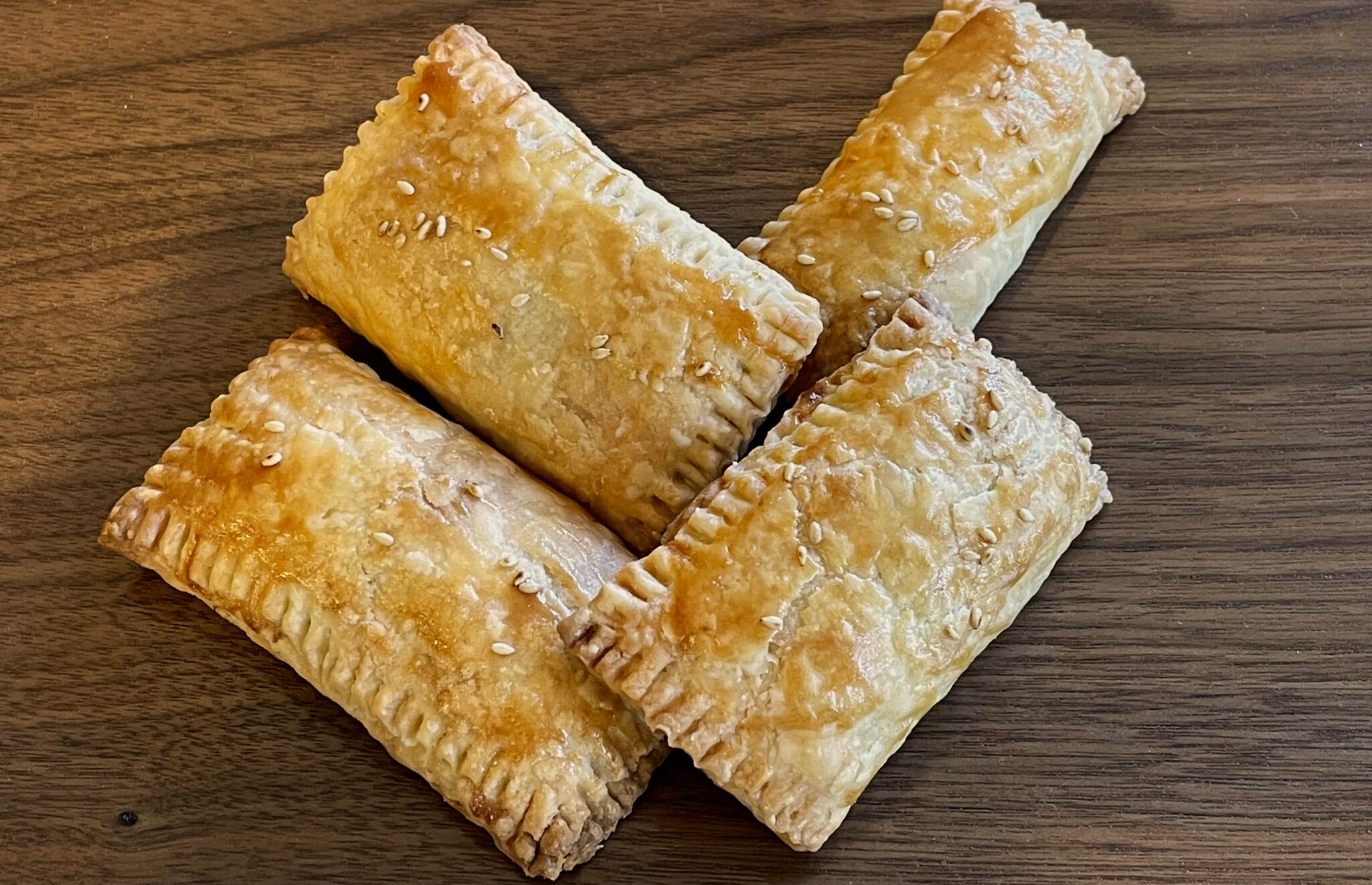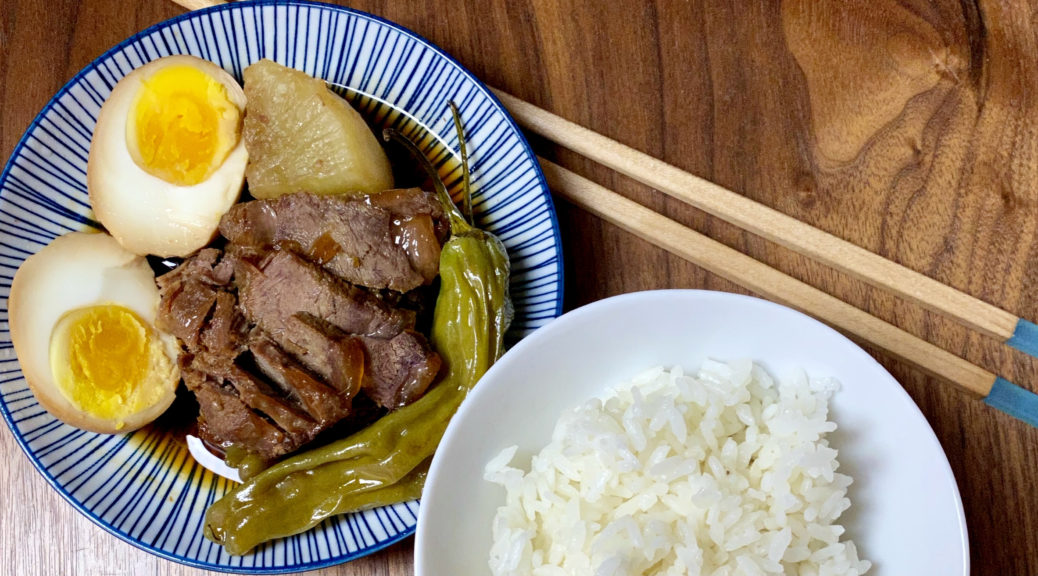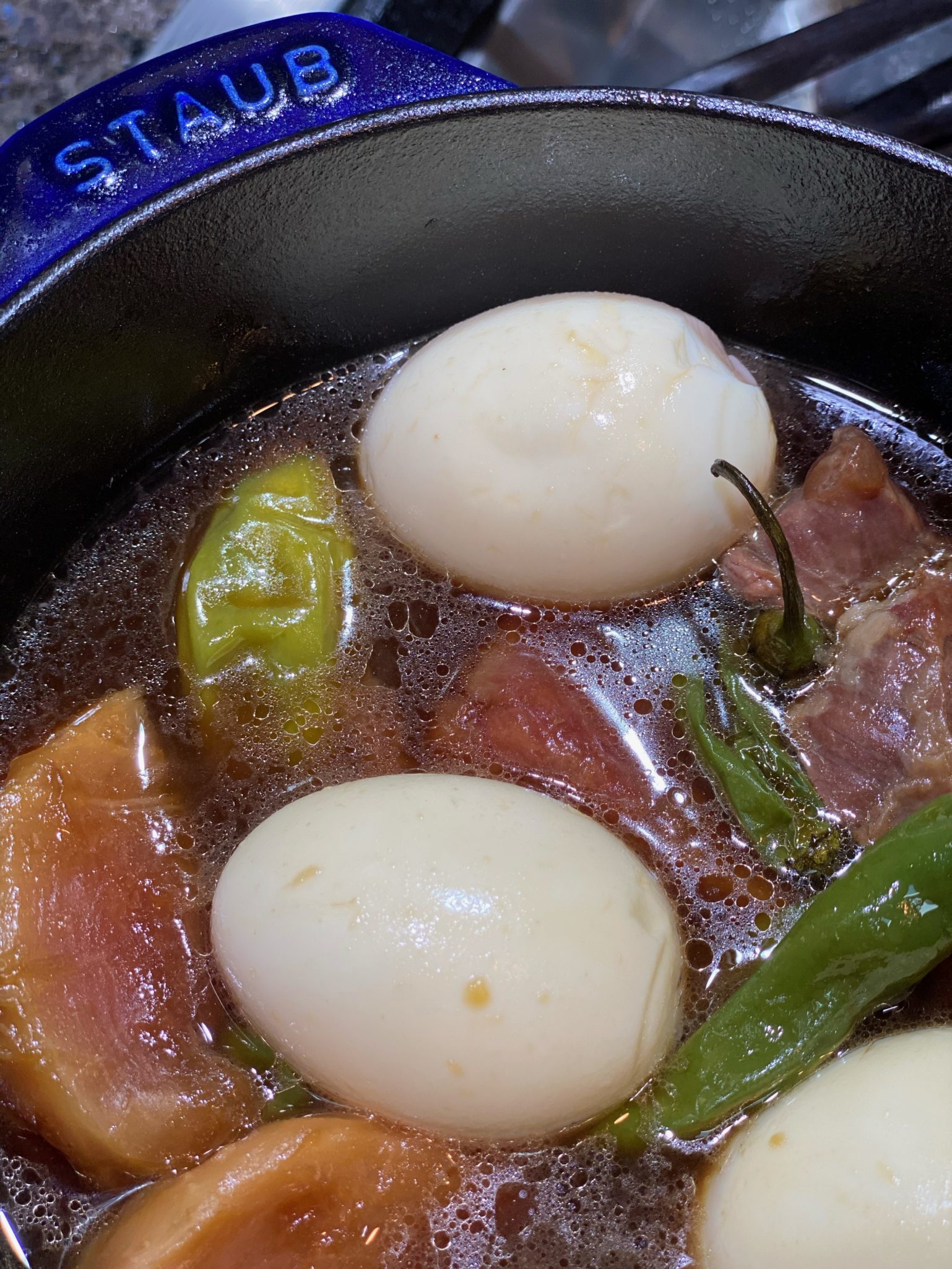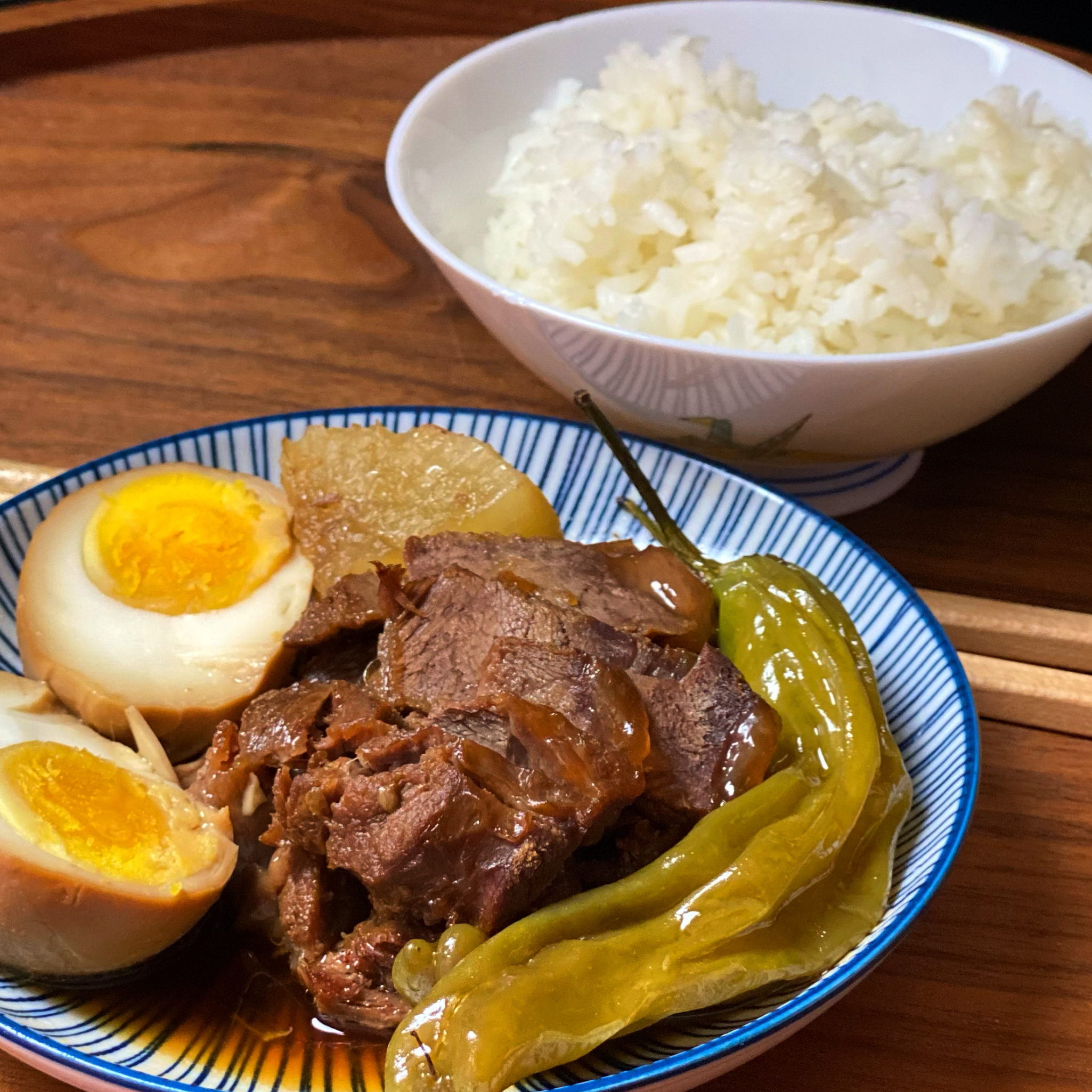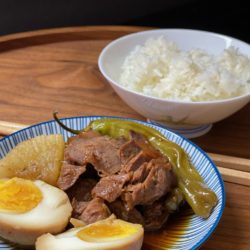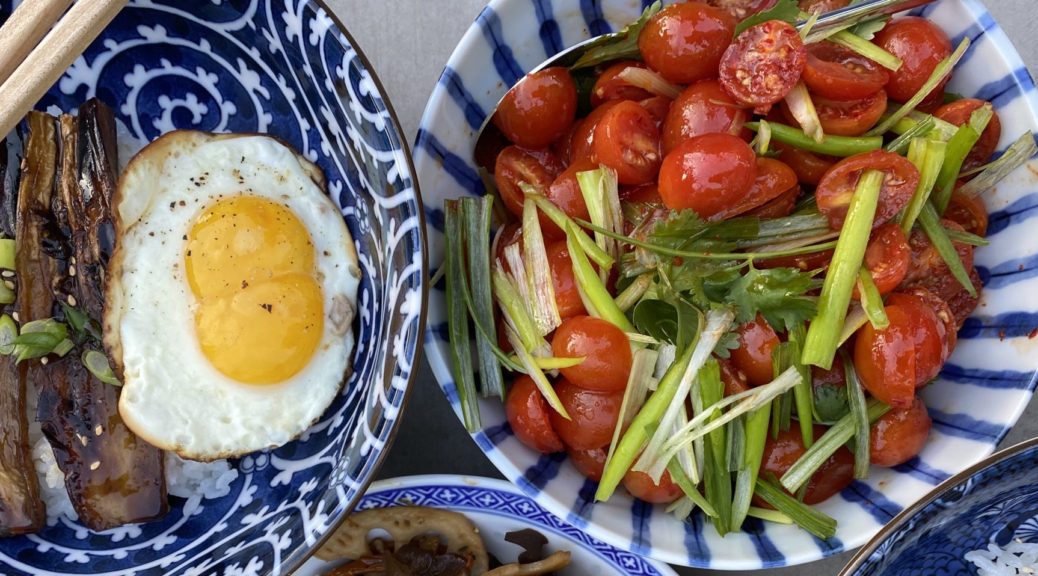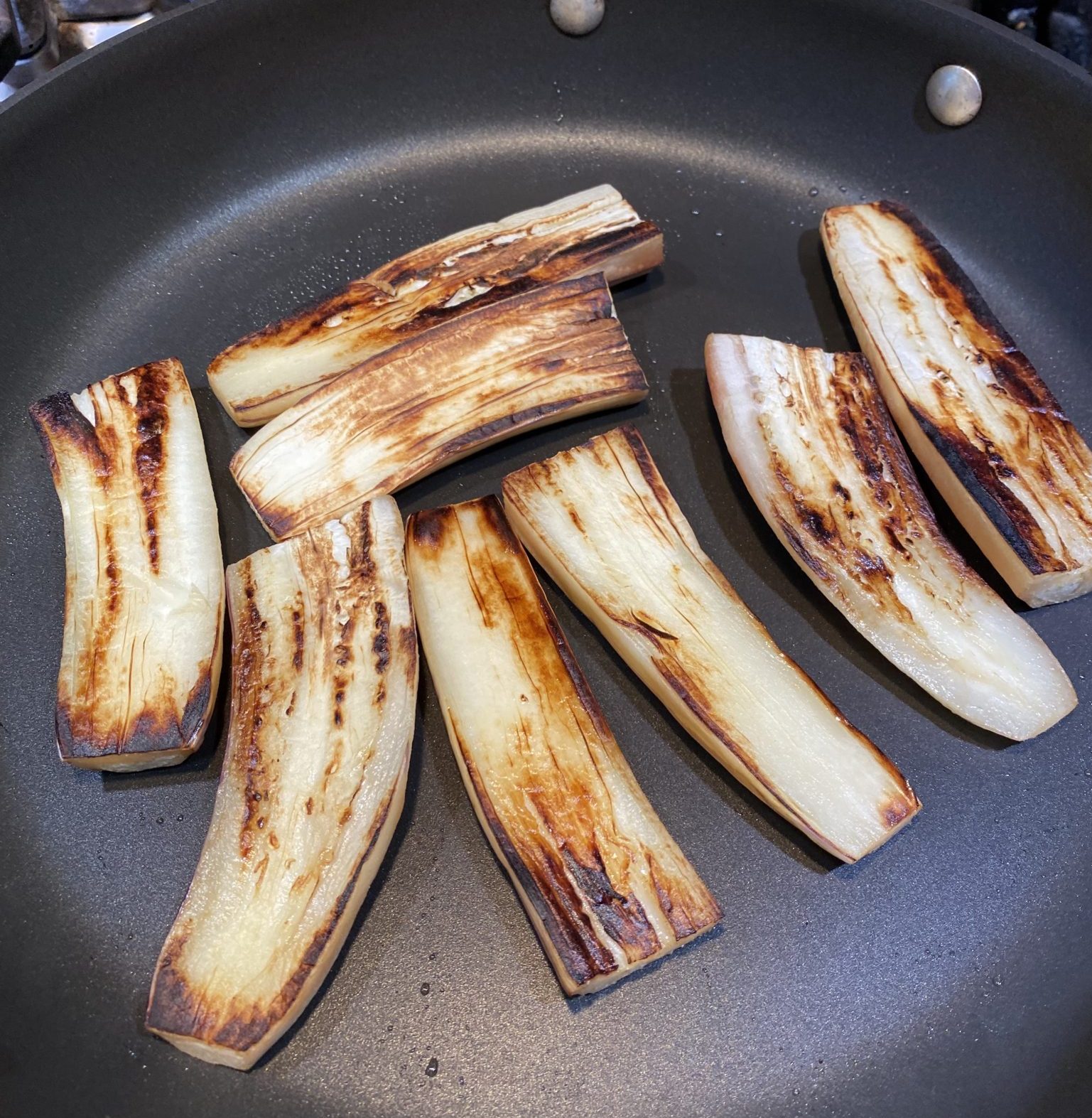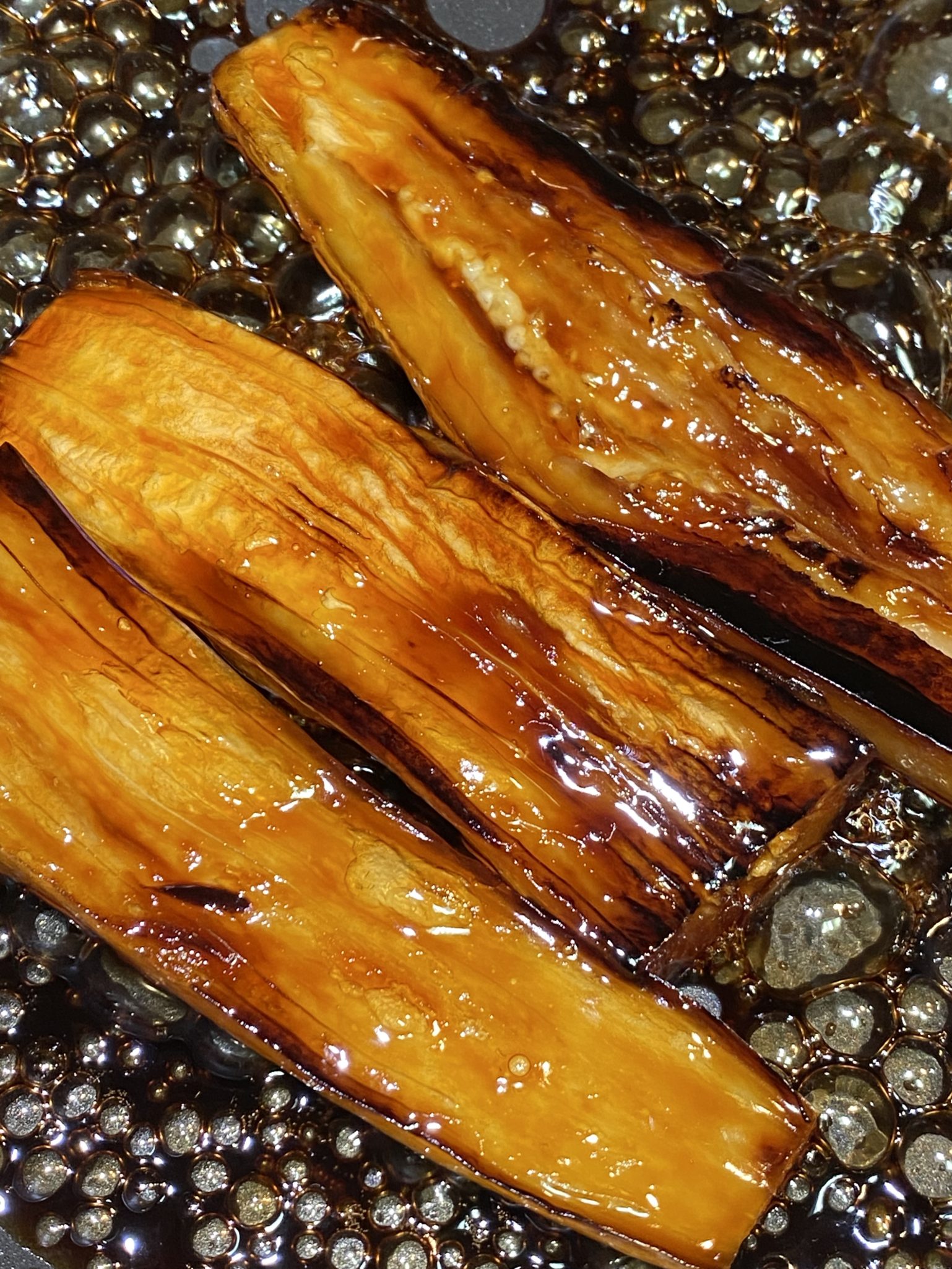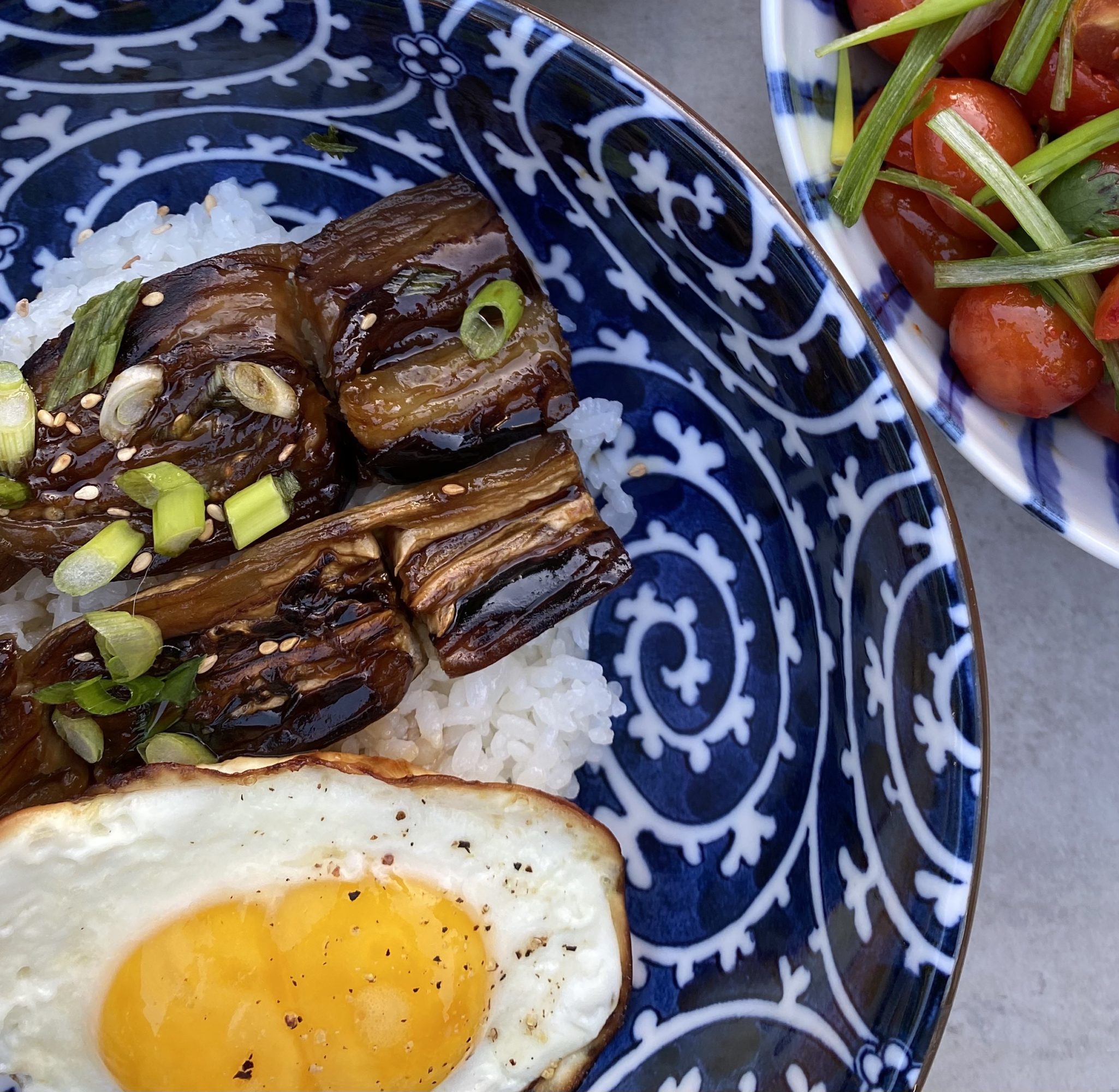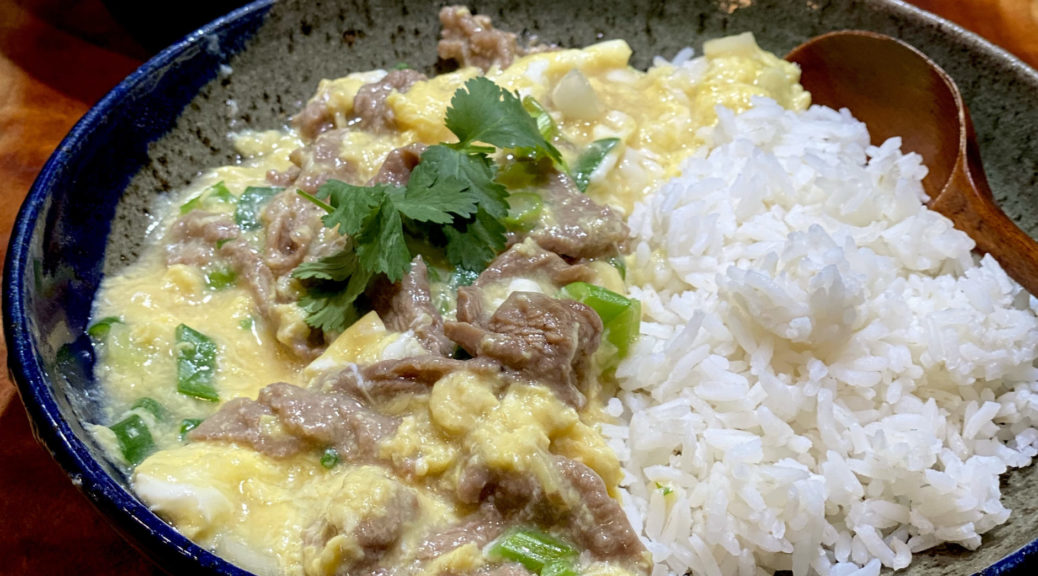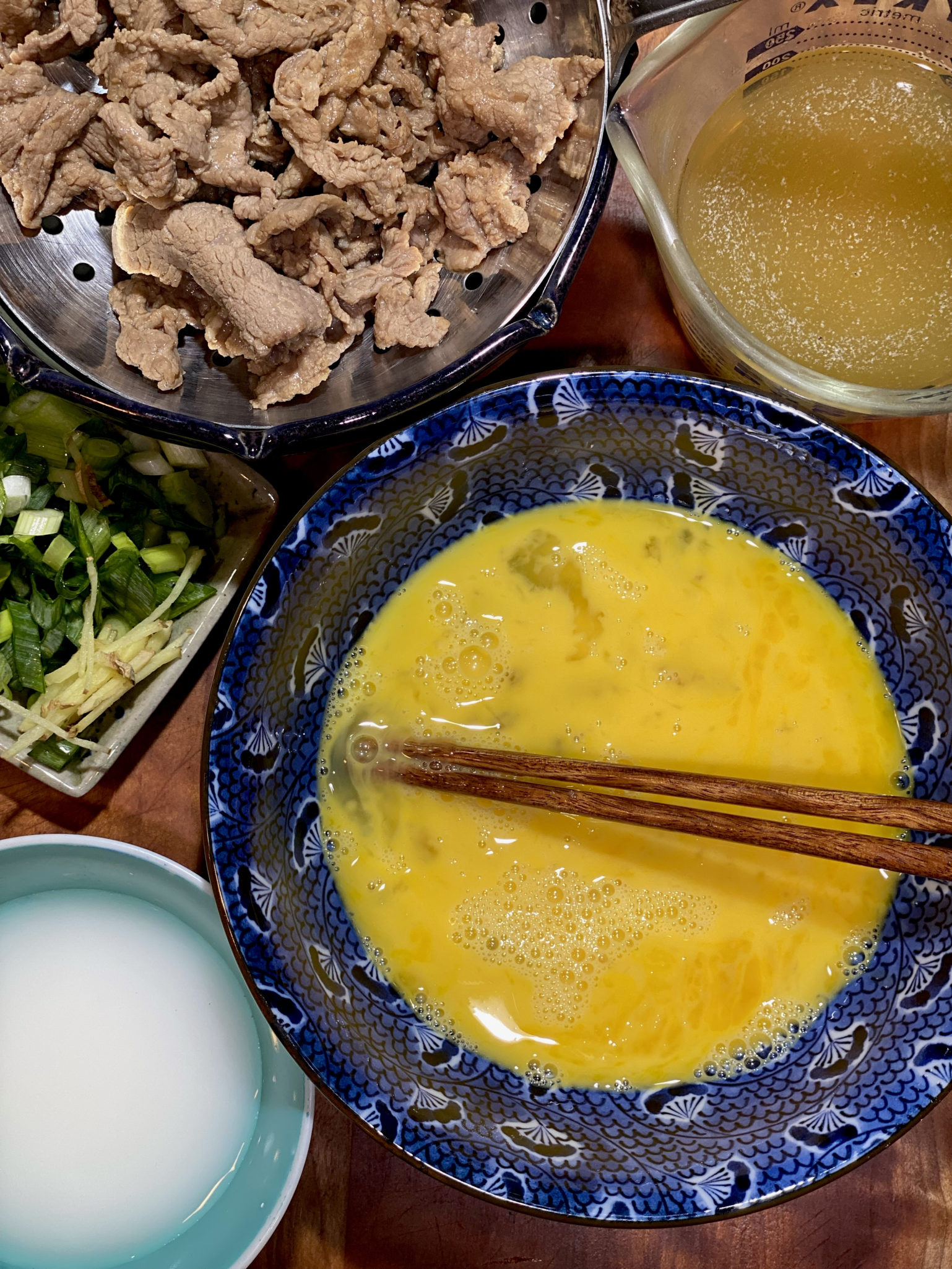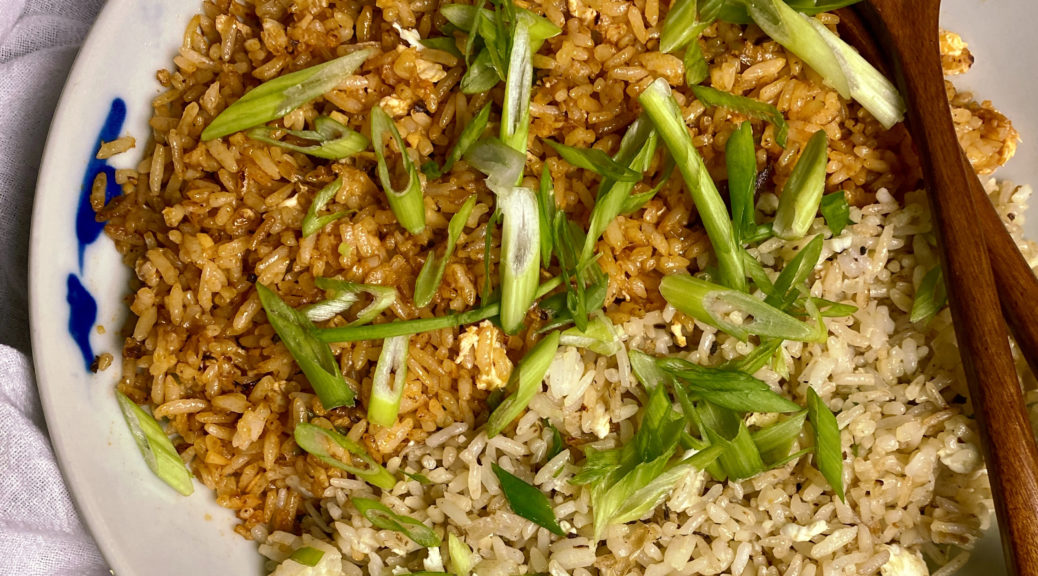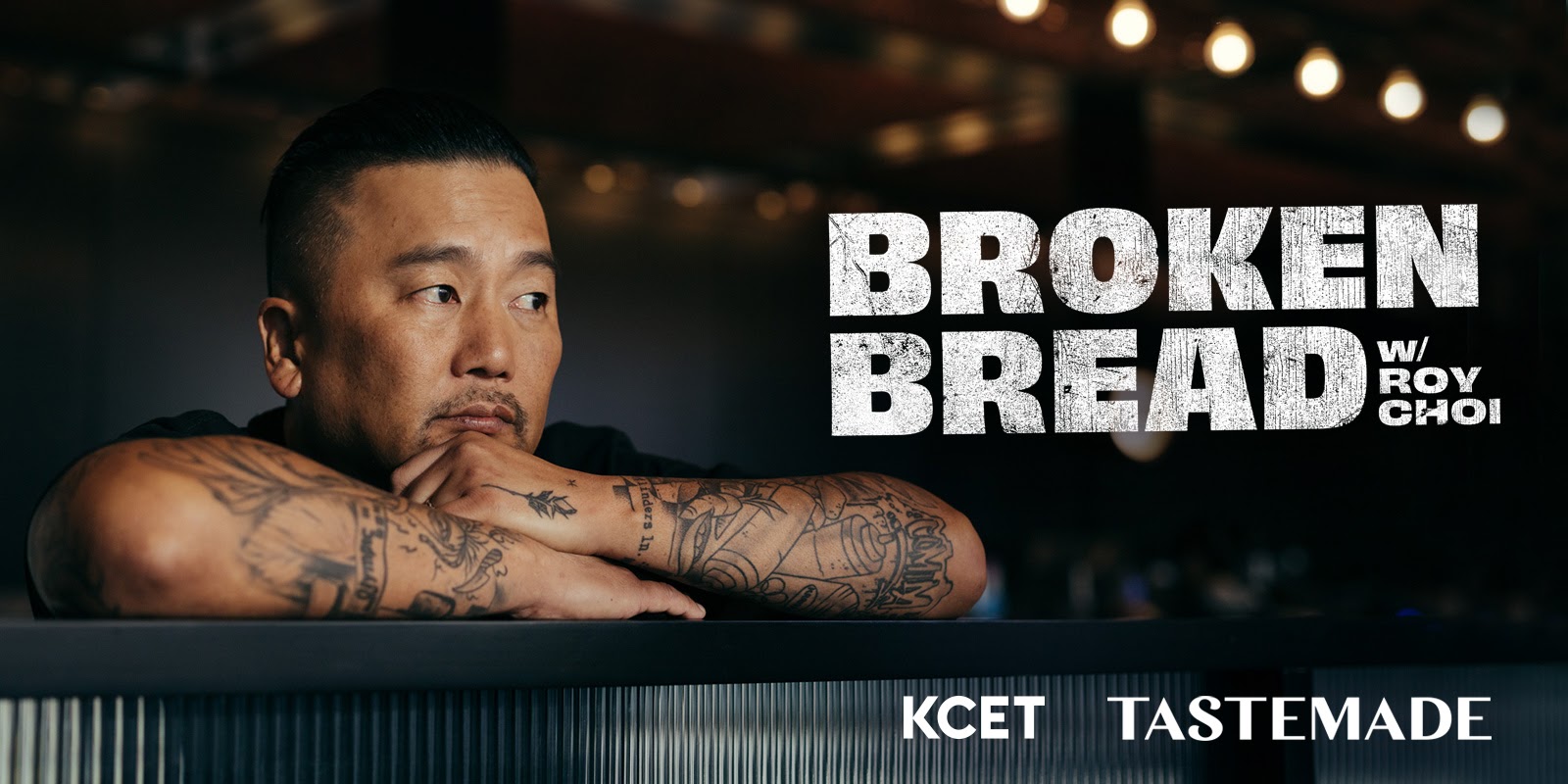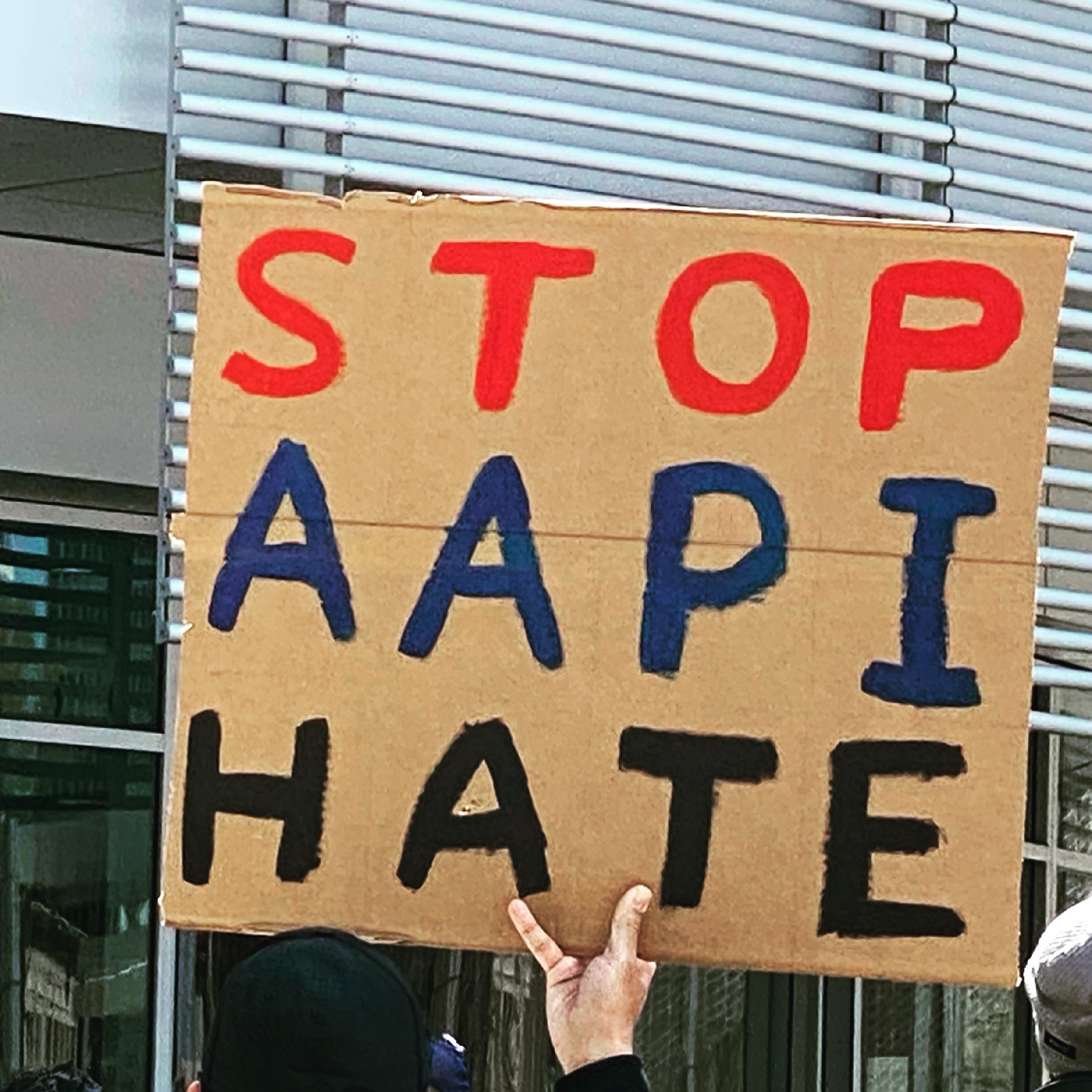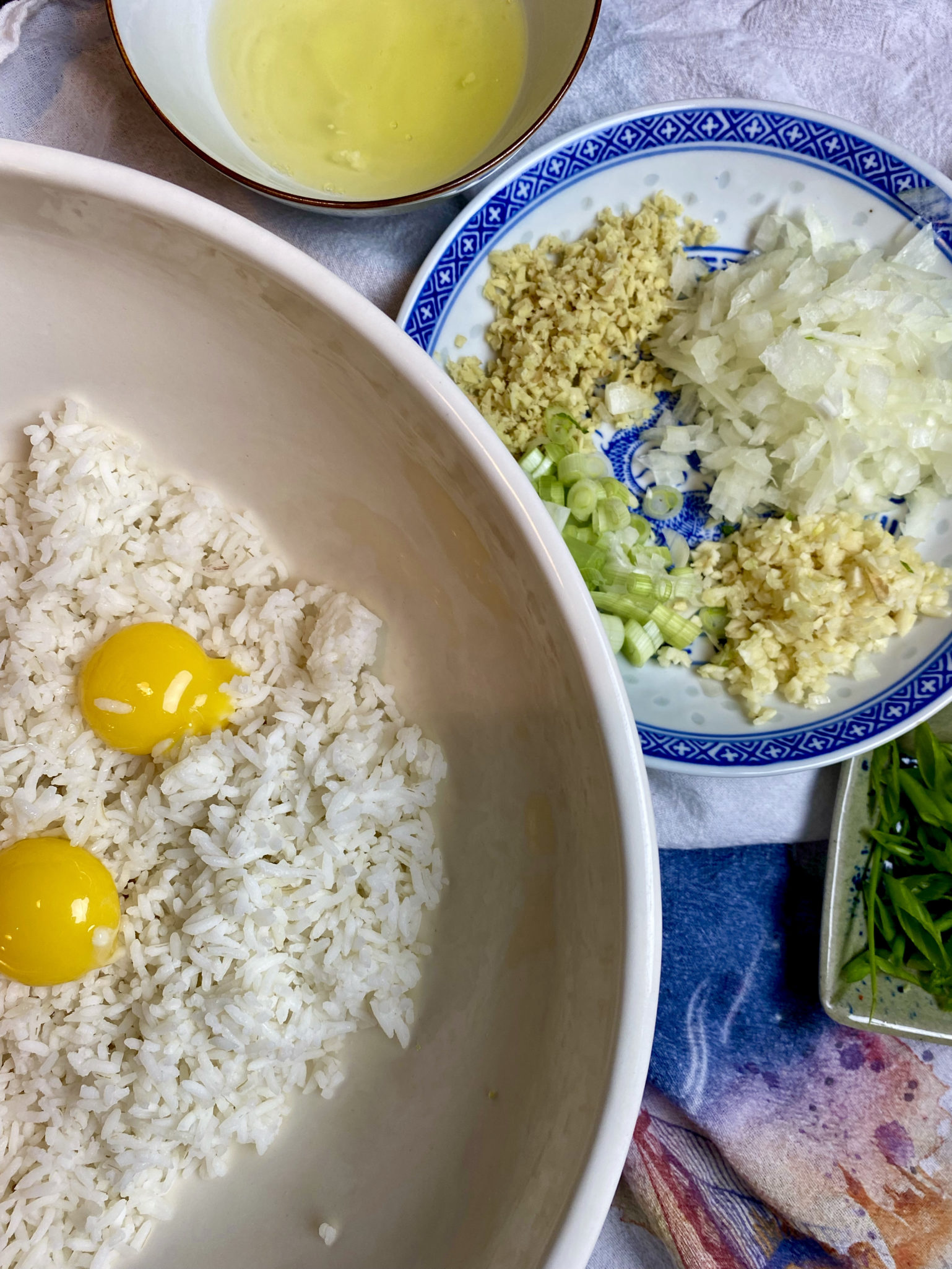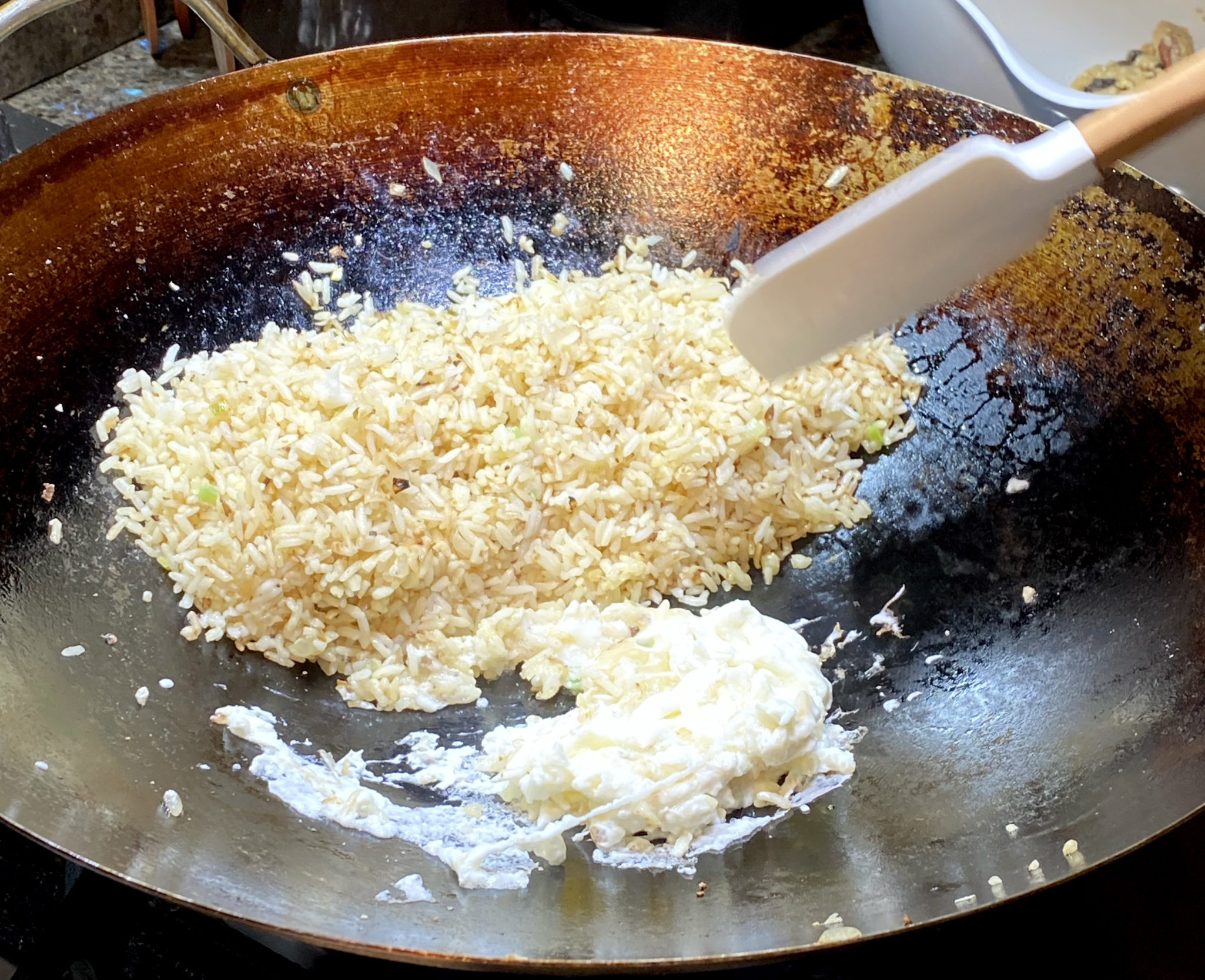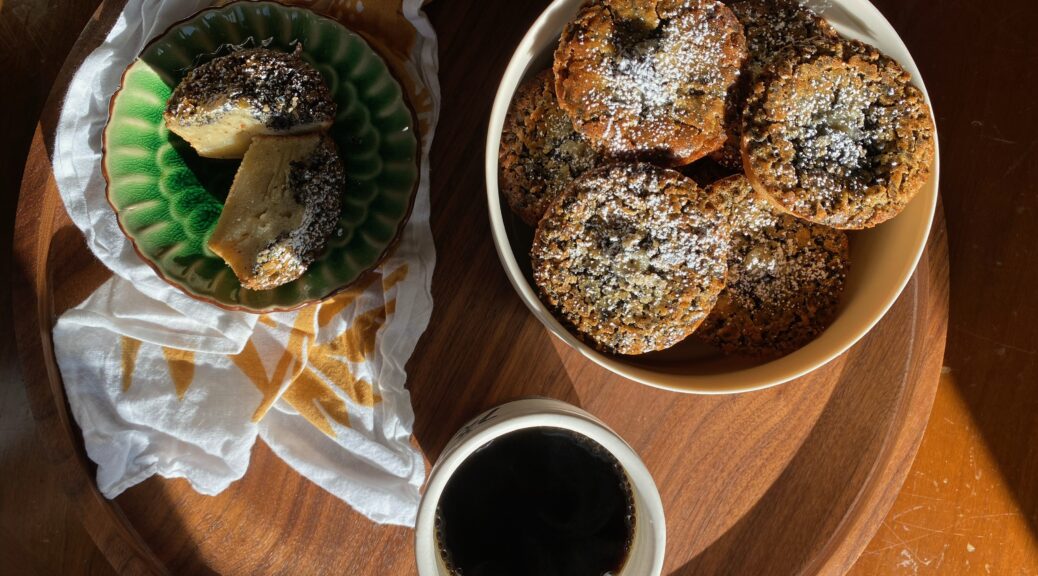
Chewy Black Sesame Rice Cake #CakeforTimmy
I first made Eric Kim’s Chewy Black Sesame Mochi Cake after a “Bake-a-long” with him, a perk for purchasing his book, Korean American. I was on a “mochi-bender”, if a recipe called for sweet or glutinous rice, I made it. His cake is not only made with mochi, it has black sesame seeds. I LOVE sesame seeds in any form, game on.
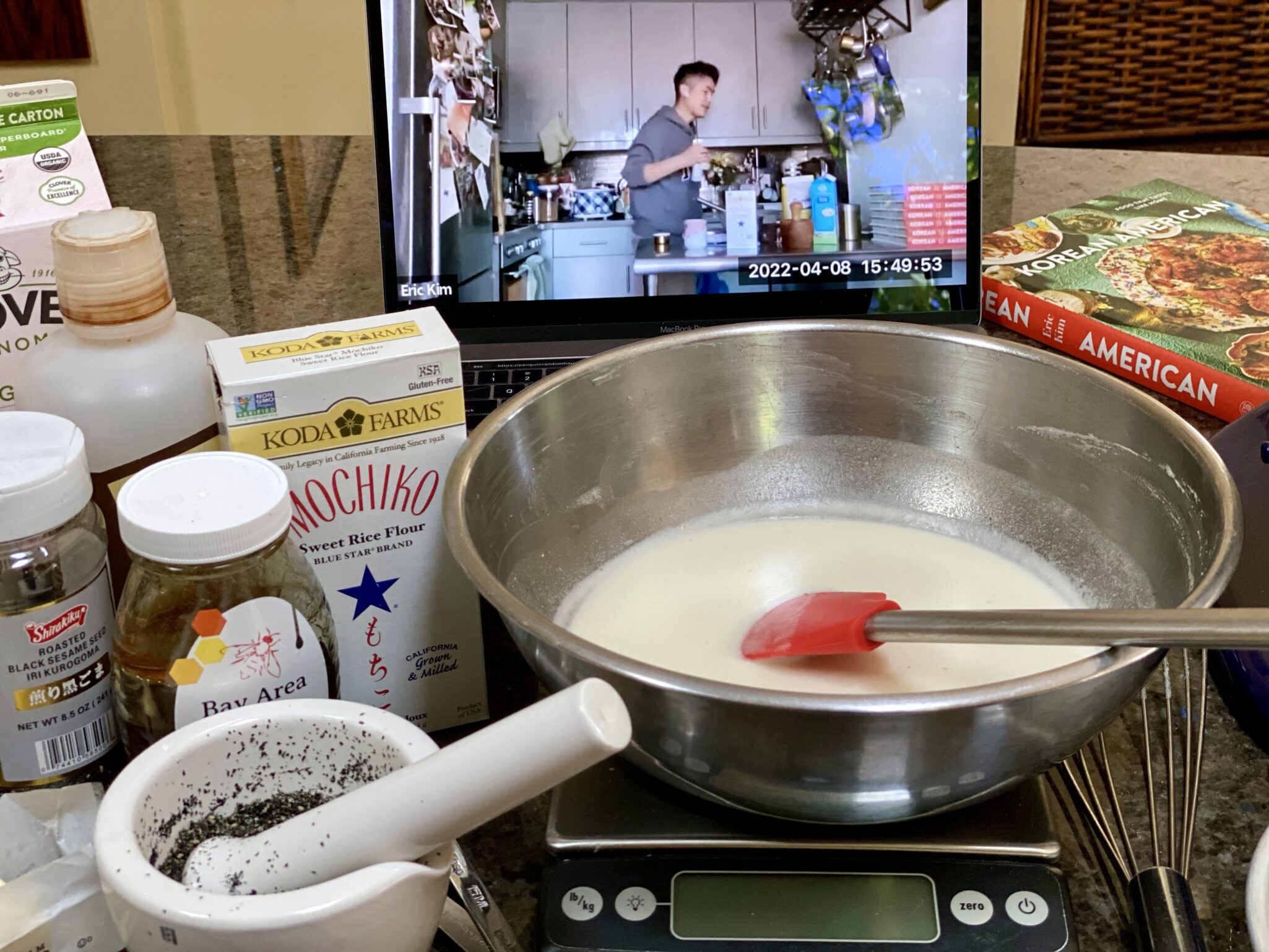
Bake-A-long
For those of you who #1 Have read this far down, #2 Pretty darn observant…yes, the Bake-A-Long was quite a while ago. While I loved the sesame flavor and texture of the cake, not gonna lie, the cake was pretty sweet. Eric seems to have a pretty high sugar barometer. I made a mental note to file it away in my brain to try again with a smidge less sugar.
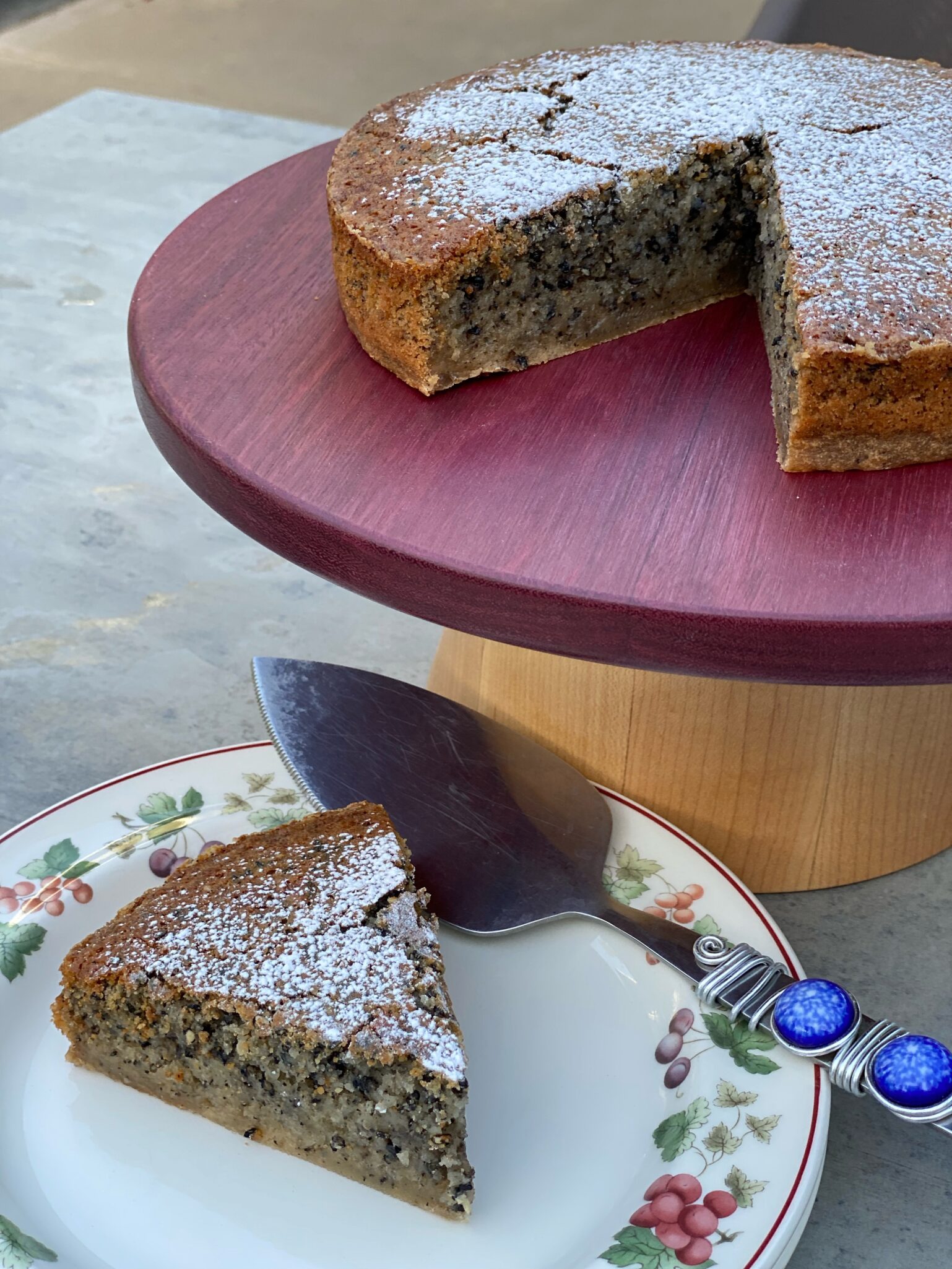
52 Reasons To Try It Again
For all the evils of social media (I say this with a half chuckle) the best thing about it has been finding my peeps. Finding folks with similar interests that I would never in a million years have connected with if not for Facebook or Instagram. A virtual community that shares a common interest. Groups like Food52’s Cookbook Club on Facebook (yep, you need to use FB) where folks like you and I can share recipes, reviews, and kitchen adventures.
Each month features a new (or old) cookbook, which, if you are like me, a cookbook addict, probably have or are in the process of getting. It gives me that little shove to open up that cookbook and try it. It’s also a great resource for tips and reviews for many of the recipes.
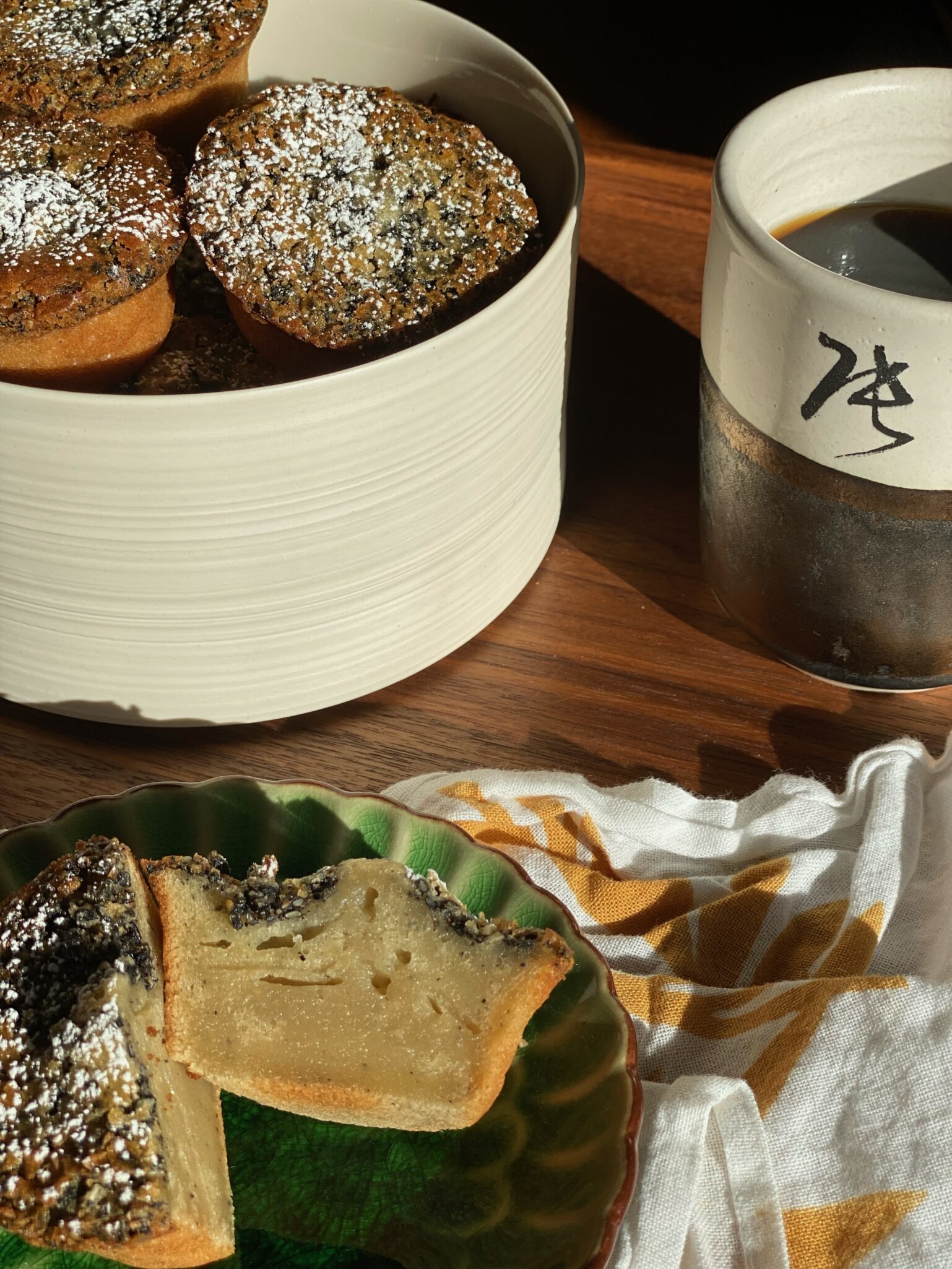
This month the selected cookbook is Korean American by Eric Kim. Which reminded me that I haven’t made anything from it in a while. Time to tweak that Chewy Black Sesame Rice Cake again.
Oops, I Did It Again. But as Muffins
Sweet or glutinous rice flour is not to be confused with rice flour. Sweet rice is much stickier than rice flour. They are not interchangeable. I use Koda Farms sweet rice, known as Mochiko, which is the standard, and pretty easy to find in major supermarkets, Asian grocery stores, and online.
To reduce the sweetness cut sugar by 1/4 to 1/2 cup. I cut it by 1/2 and it was still sweet enough for my taste. You may have to play with it a little. The time between making the original recipe (full sugar load) and when I made the muffins with half sugar taxes my memory as to whether the texture was different.
Black sesame seeds can be found at most grocery stores in the spice section. Asian grocery stores carry sesame seeds in larger quantities and is not quite as expensive

The batter is fairly runny and pourable. Very doable as a cake or muffins. Shorten baking time to 20-25 minutes if making muffins.
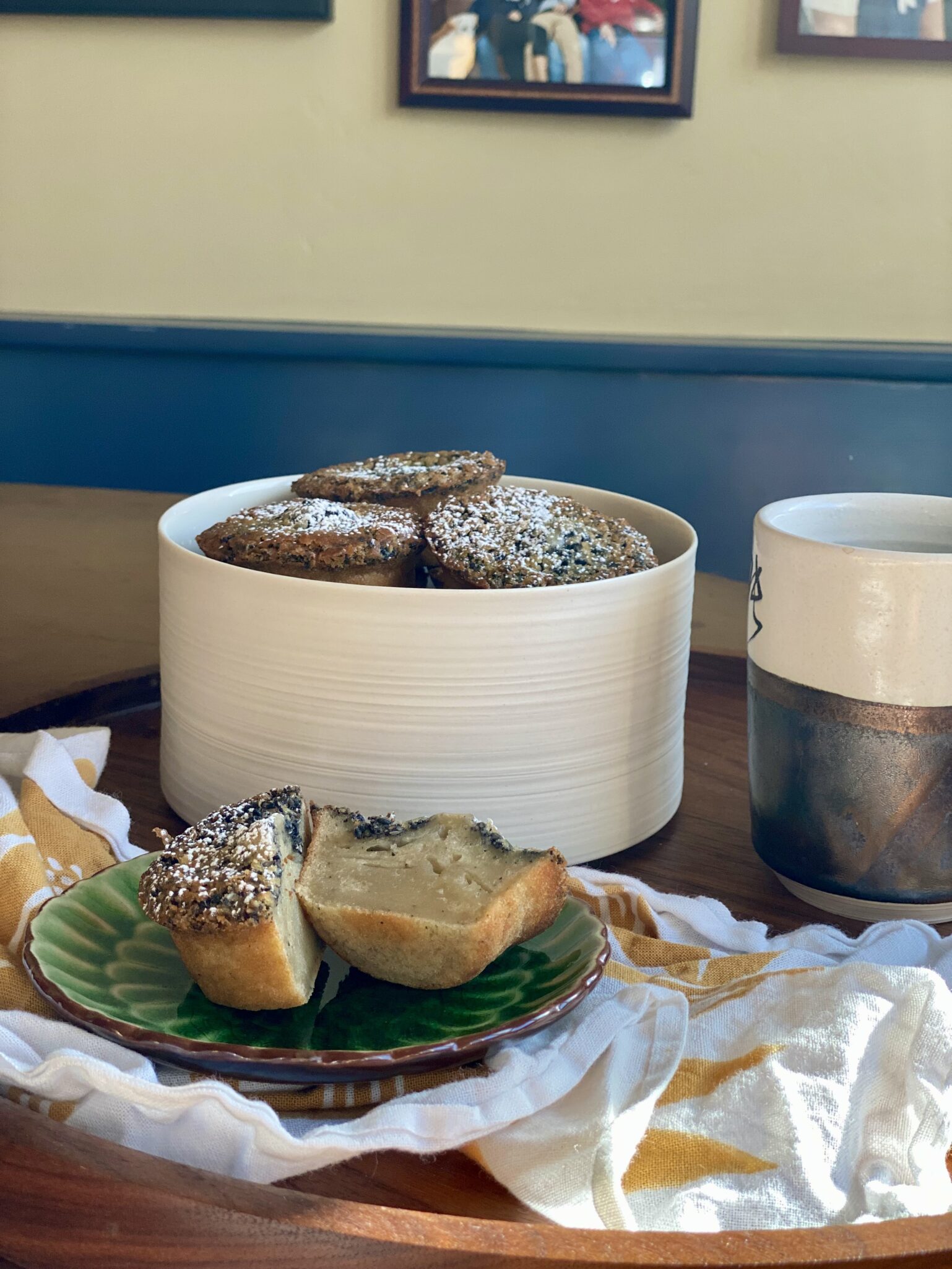
Looking for something a little different, gluten-free, and delicious? Look no more, it’s right here.
Chewy Black Sesame Rice Cake
Equipment
- 1 9 inch cake pan or
- 1 12-cup std muffin pan
Ingredients
- Cooking spray or butter and flour with plain rice flour
Eggs and Tings'
- 2 large eggs
- 1 cup sugar (it's pretty sweet, I use 1/2 cup)
- ¼ cup honey mild
- ¾ teaspoon kosher salt
The Wet Stuff
- 1 cup whole milk
- 2 tablespoons unsalted butter melted
- 1 tablespoon vanilla extract yes, 1 TABLESPOON
- ½ teaspoon toasted sesame oil
The Crunch
- 4 tablespoons toasted black sesame seeds divided equally in half
The Dry Stuff
- 1 teaspoon baking powder
- 8 ounces (227g) glutinous rice flour aka mochiko or sweet rice flour NOT plain rice flour
The Finish
- Powdered sugar for serving
Instructions
- Preheat the oven to 350°F. Mist an 8-inch round cake pan with cooking spray or buttered and dusted with rice flour.
- In a large bowl, whisk together the eggs, sugar, honey, and salt until fluffy and pale yellow, about 2 minutes. Whisk in the milk, vanilla, melted butter, and sesame oil until combined. Ain't gonna lie, I use my mixer on medium speed.
- Using a mortar and pestle (or a coffee/spice grinder), pulverize 2 tablespoons of the black sesame seeds into a rough powder. It should smell very fragrant. Add this sesame powder, along with the remaining 2 tablespoons of whole black sesame seeds, to the bowl with the egg mixture, followed by the baking powder and rice flour. Whisk to combine, then carefully pour the batter into the greased cake pan. This part you can do by hand or machine.
- Bake until the top is nicely browned and cracked slightly (this is a good sign), 50 to 60 minutes. You can also insert a chopstick or toothpick into the center of the cake, and if it comes out clean, then it’s done.For muffins, fill a 12-cup muffin tin that has been buttered to 7/8 full. Bake for approximately 25 minutes.
- Cool completely before dusting with the powdered sugar and slicing into wedges to serve. The cake will keep in an airtight container at room temperature for up to 5 days.
